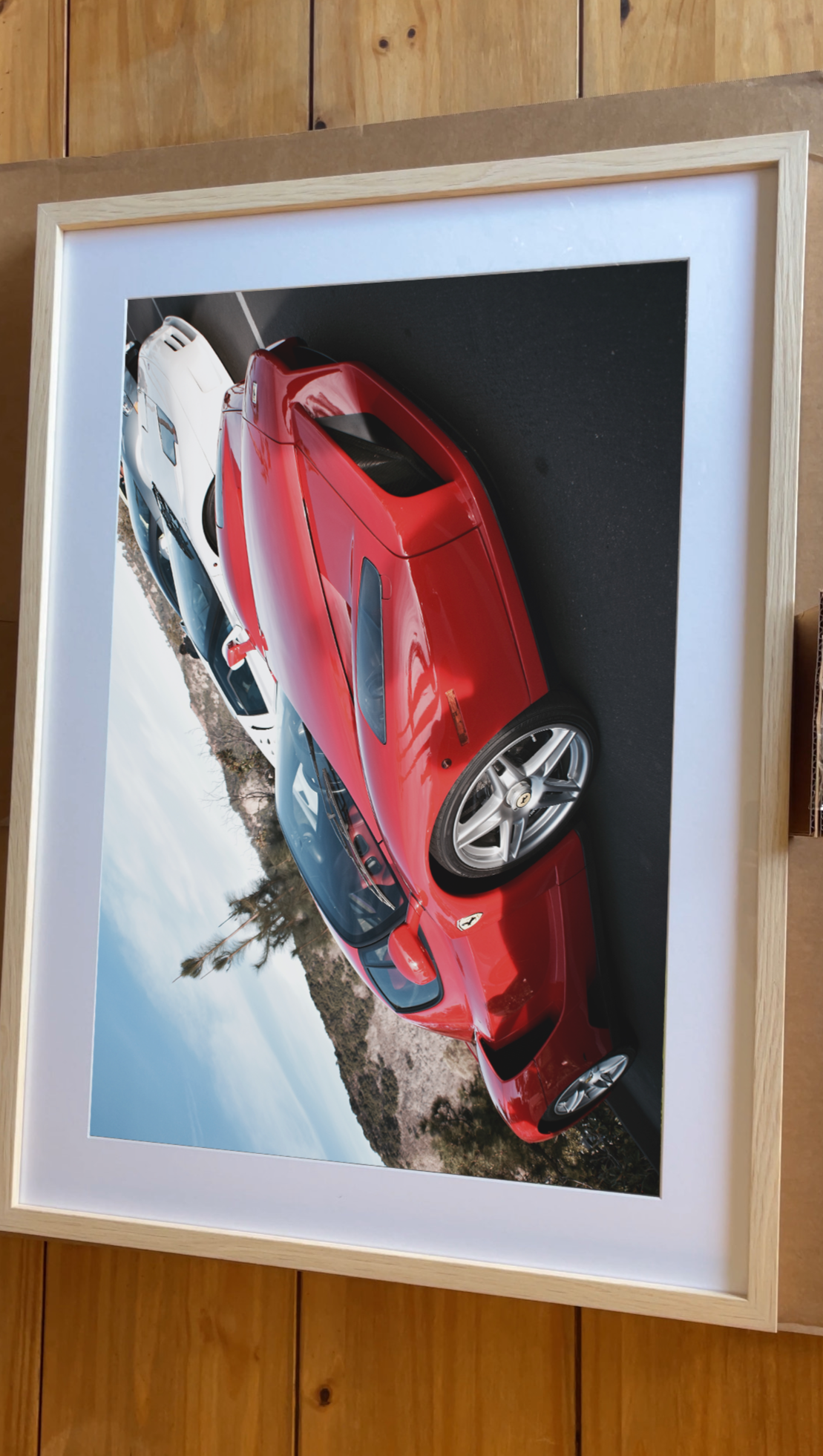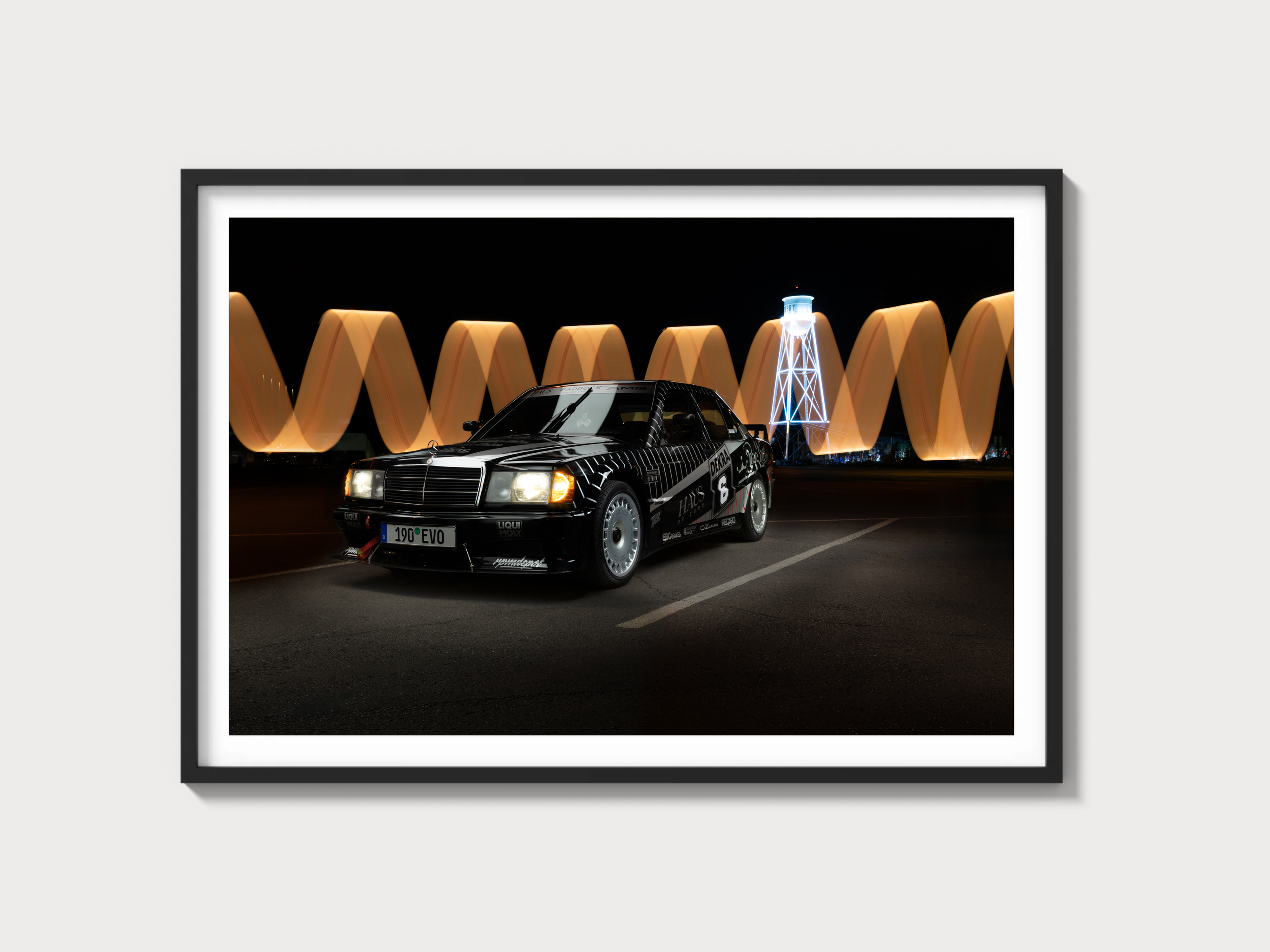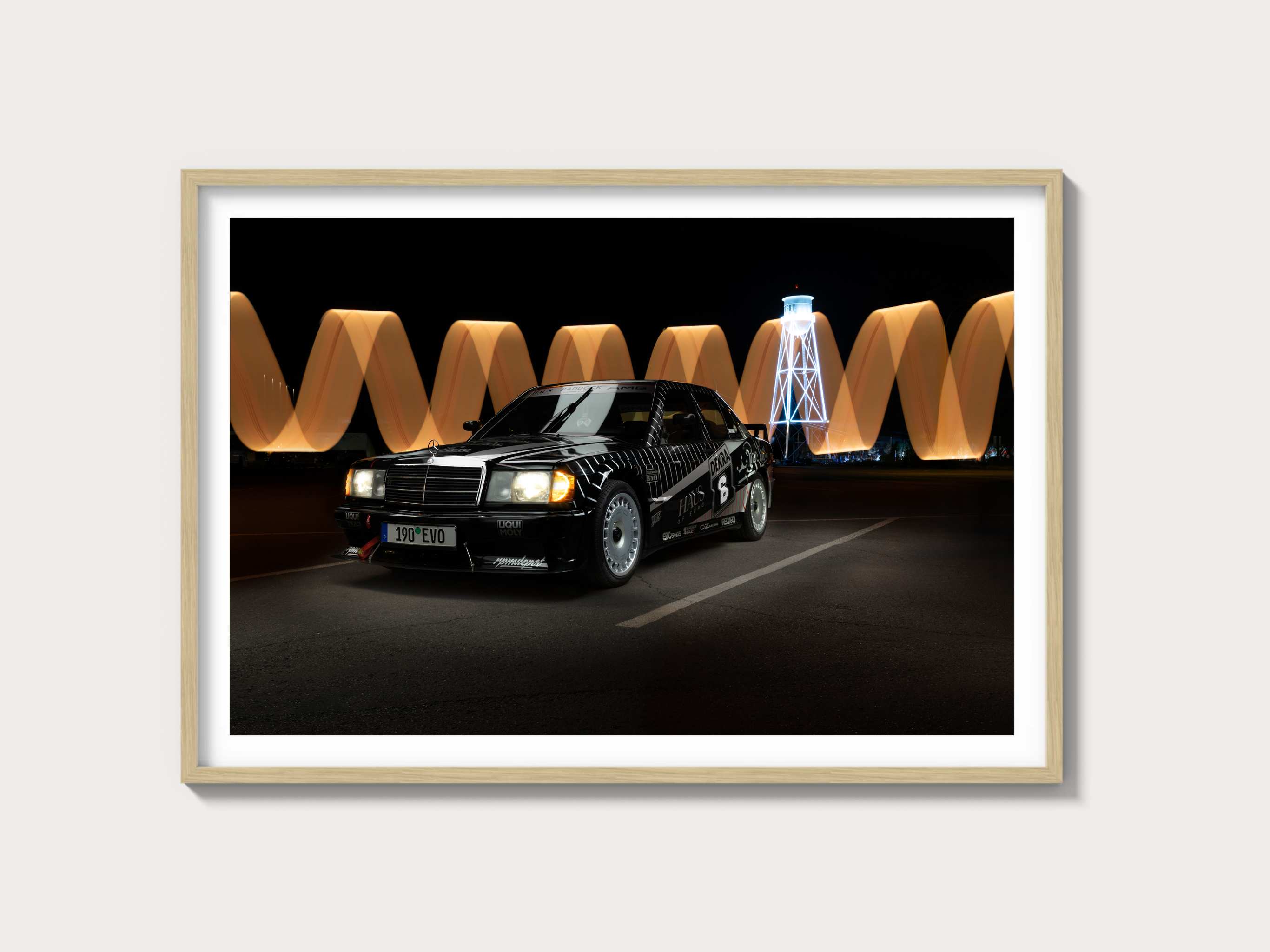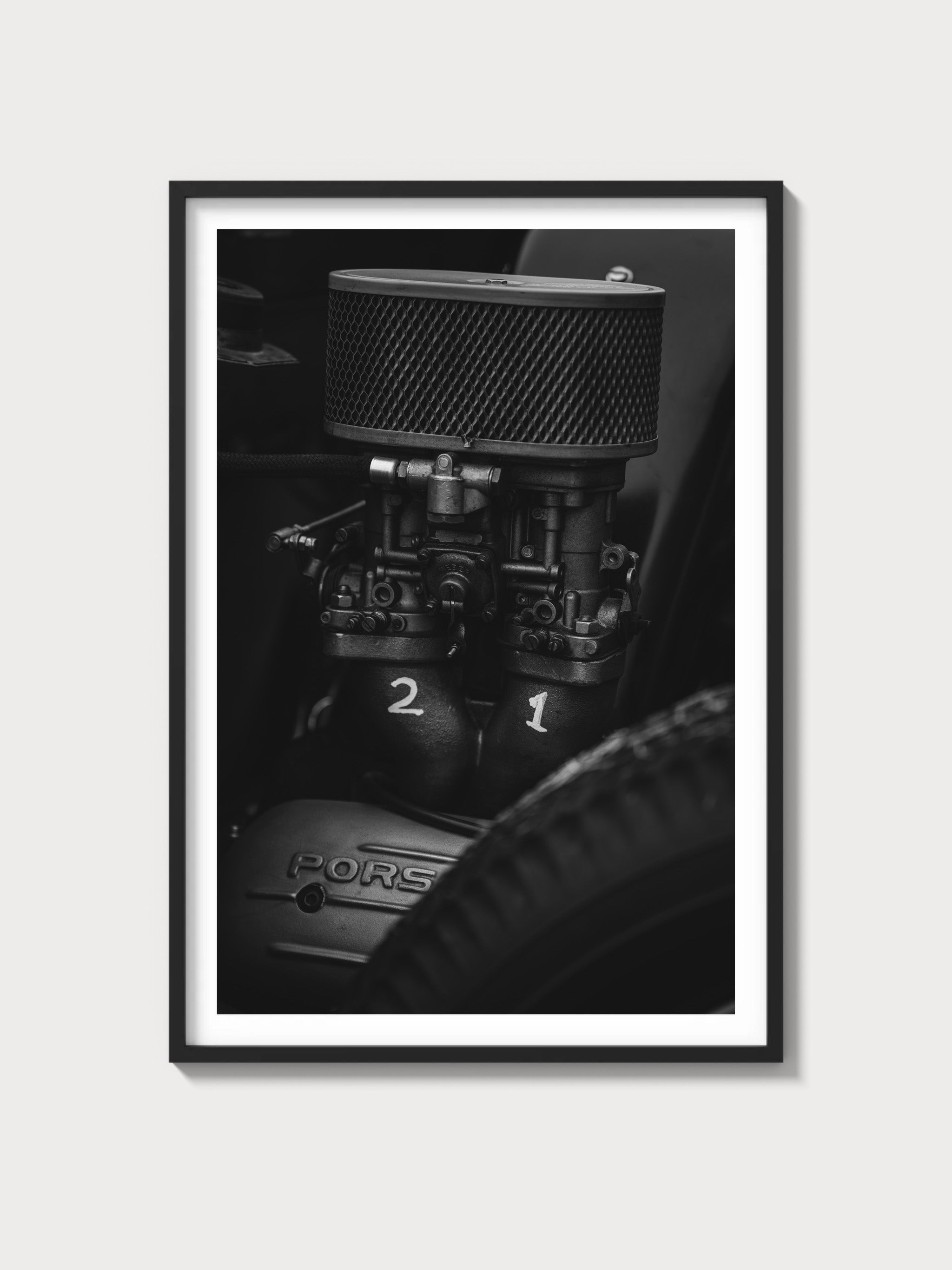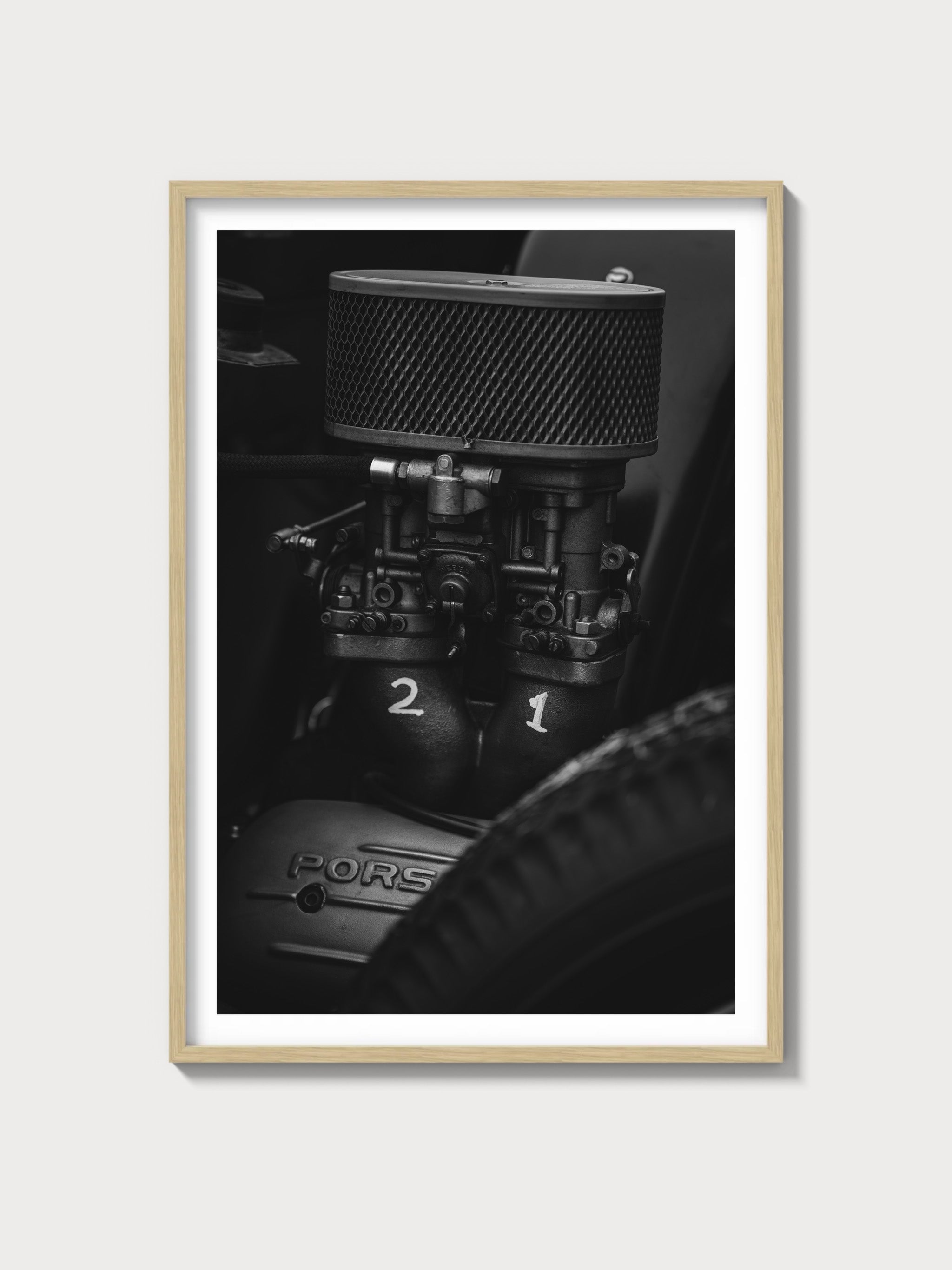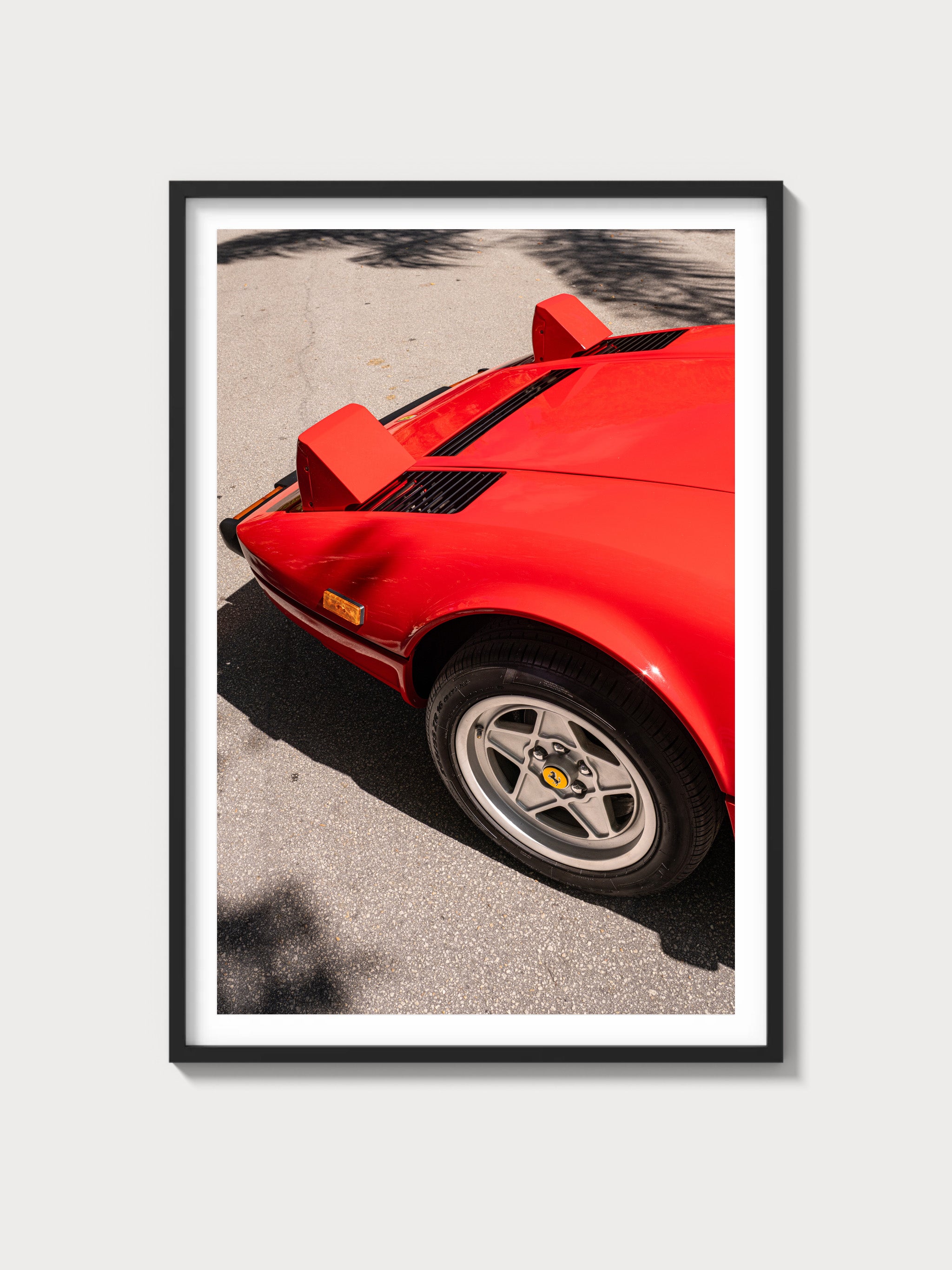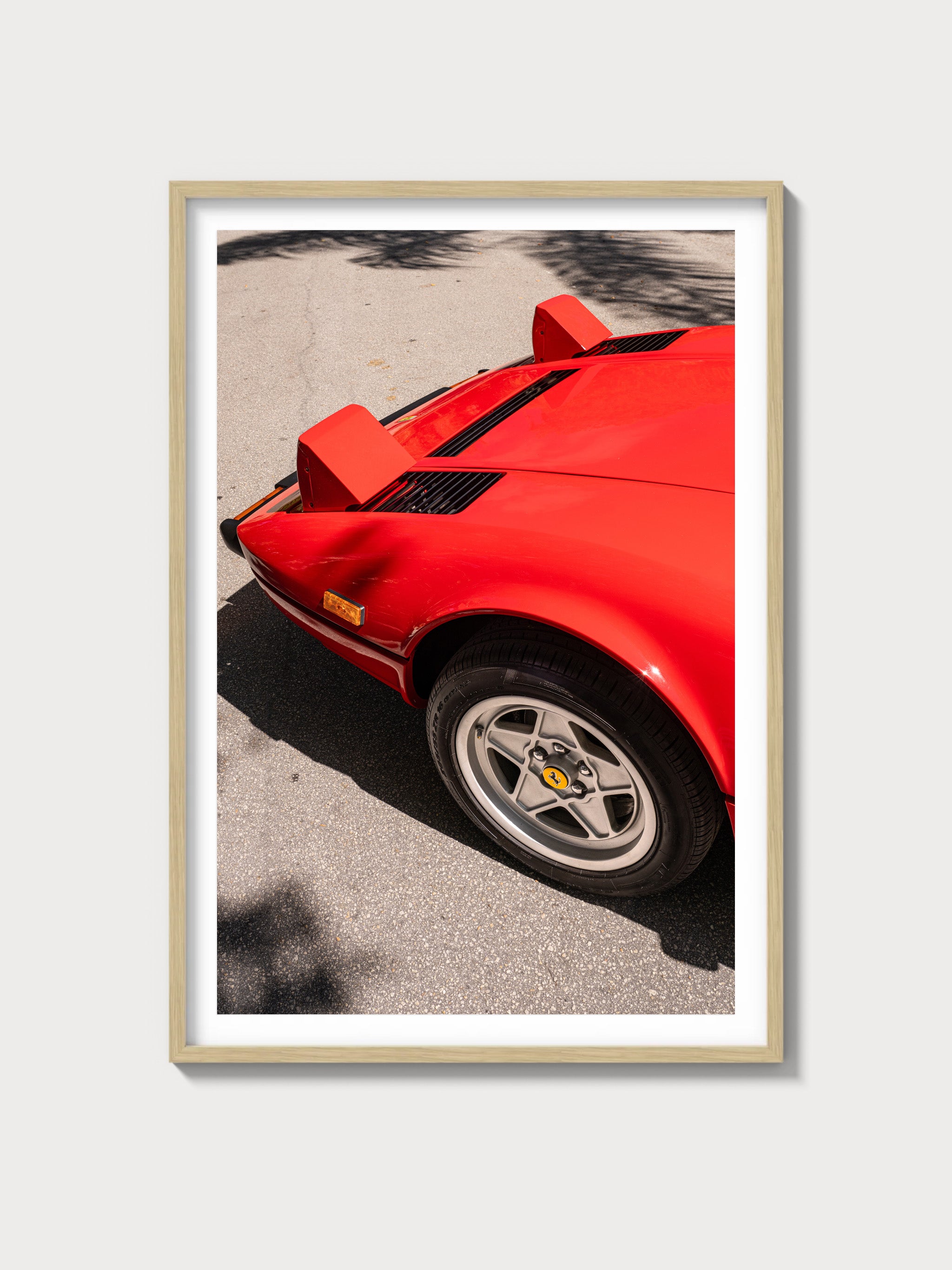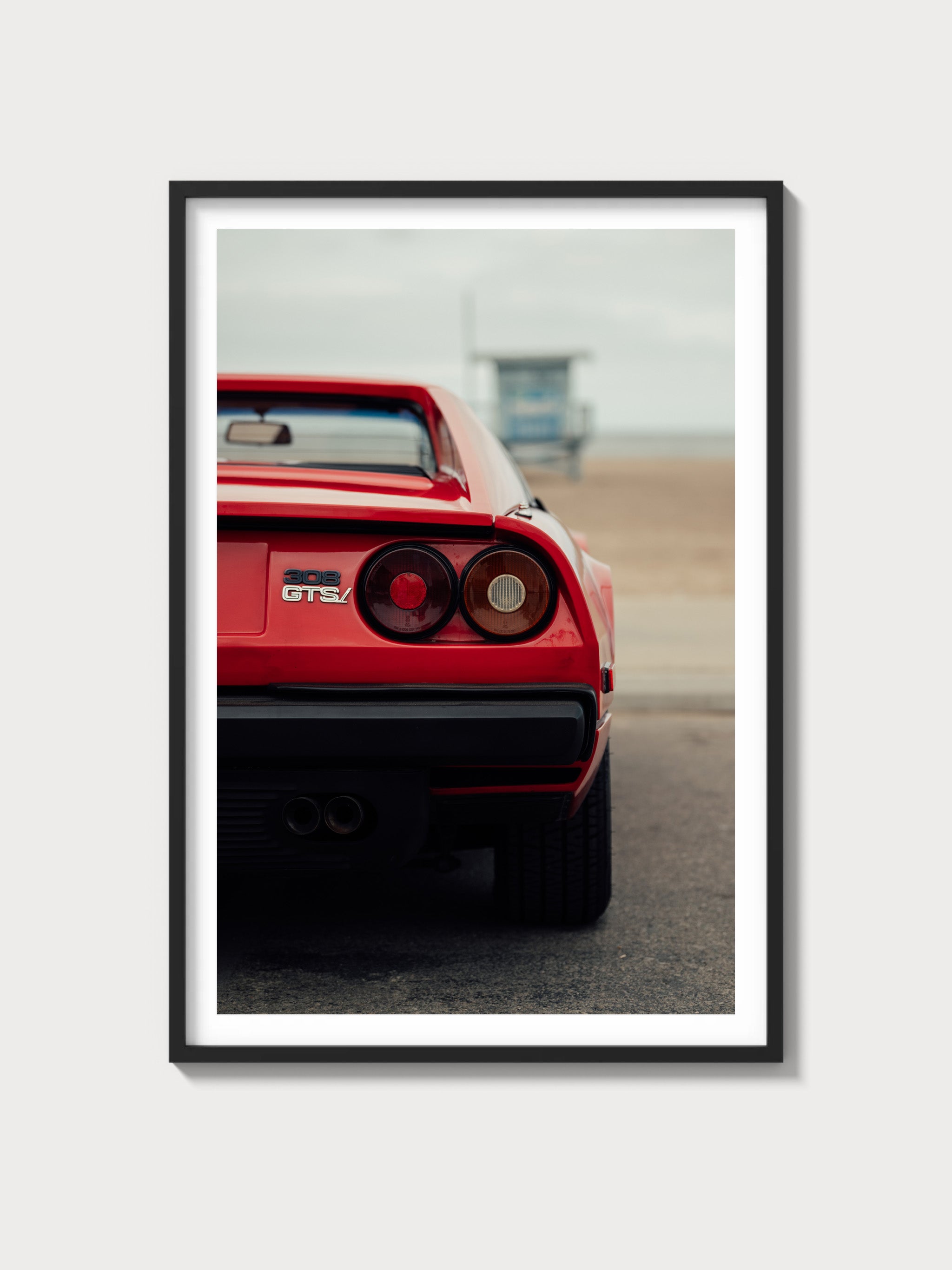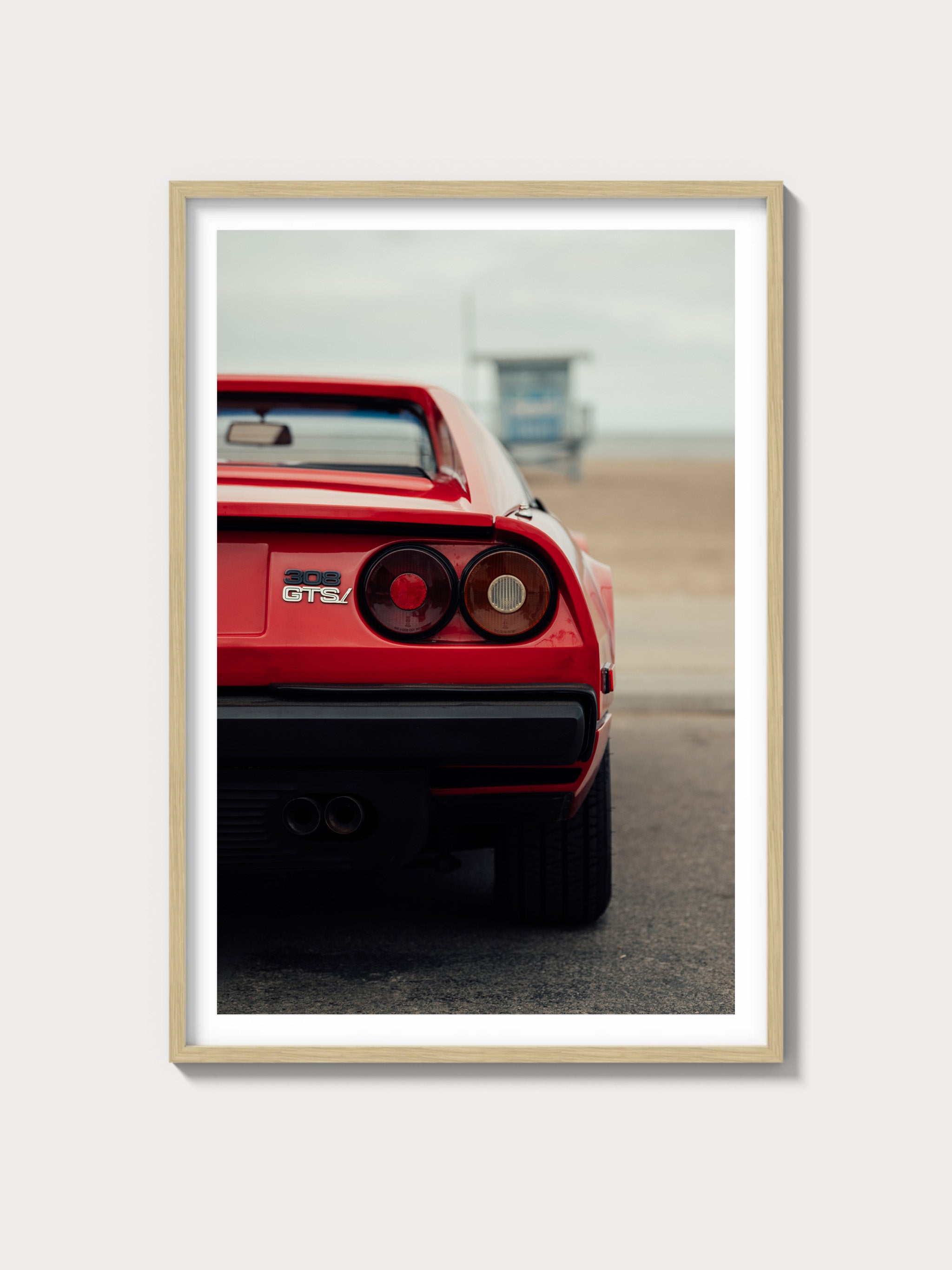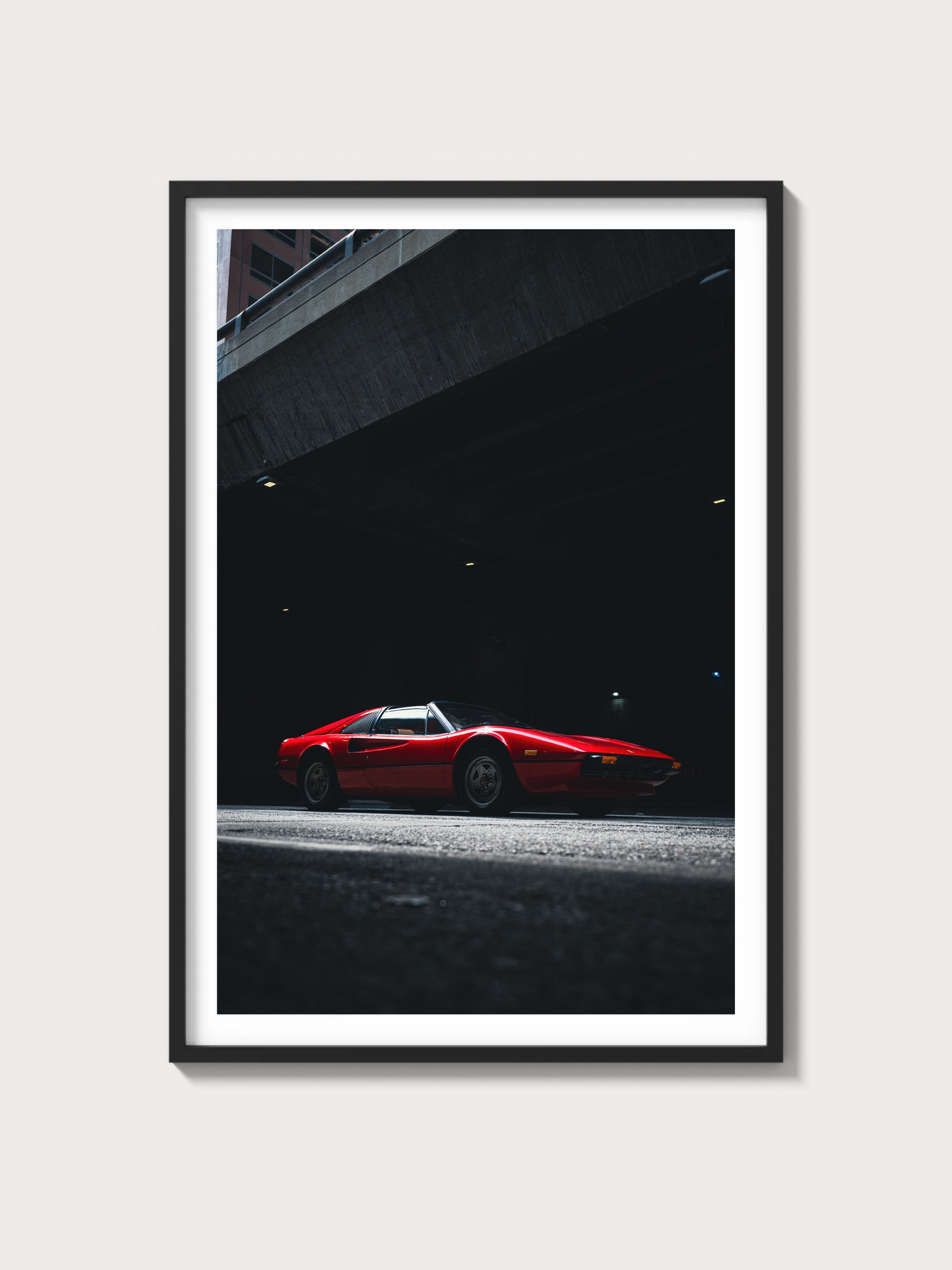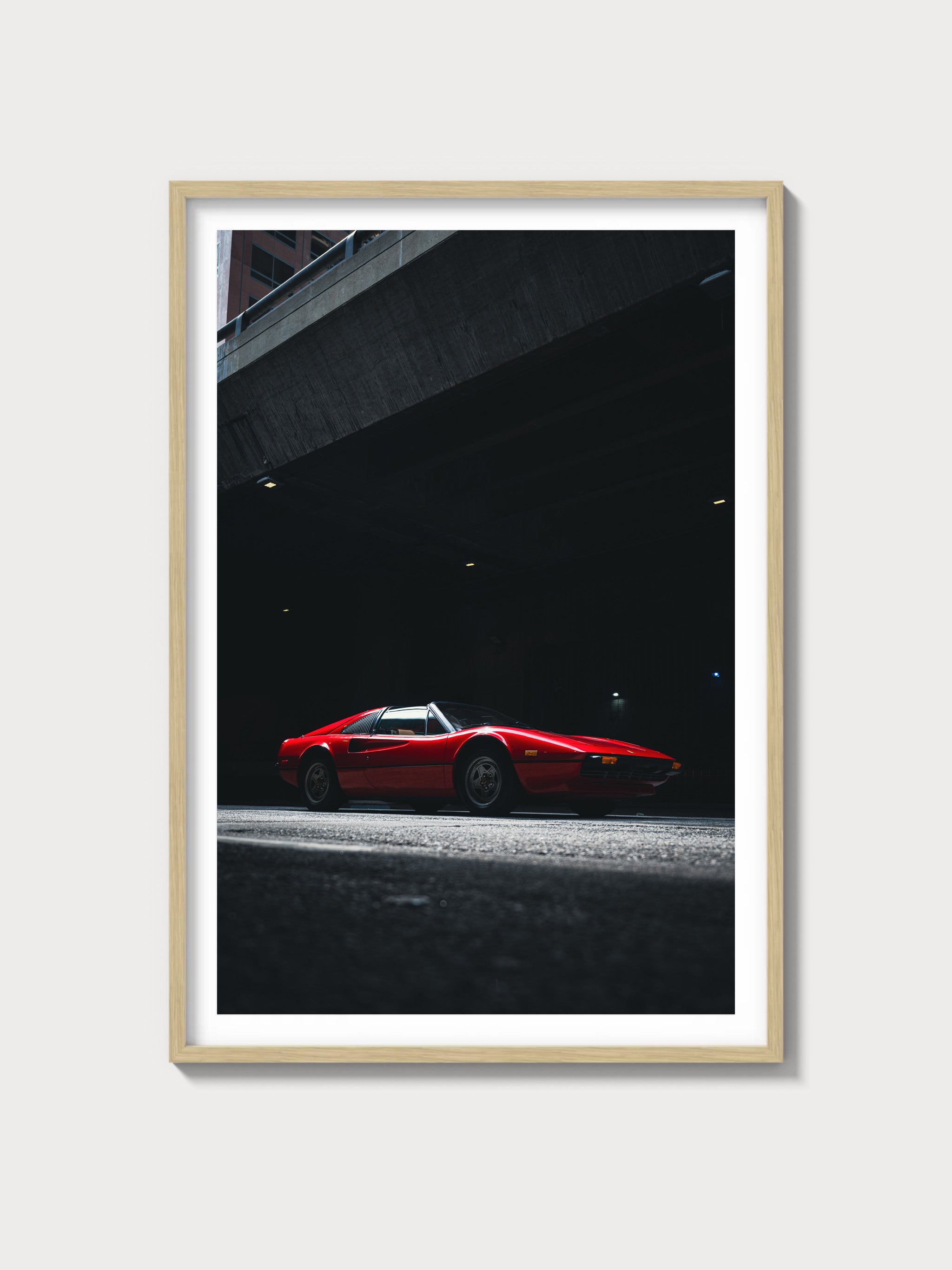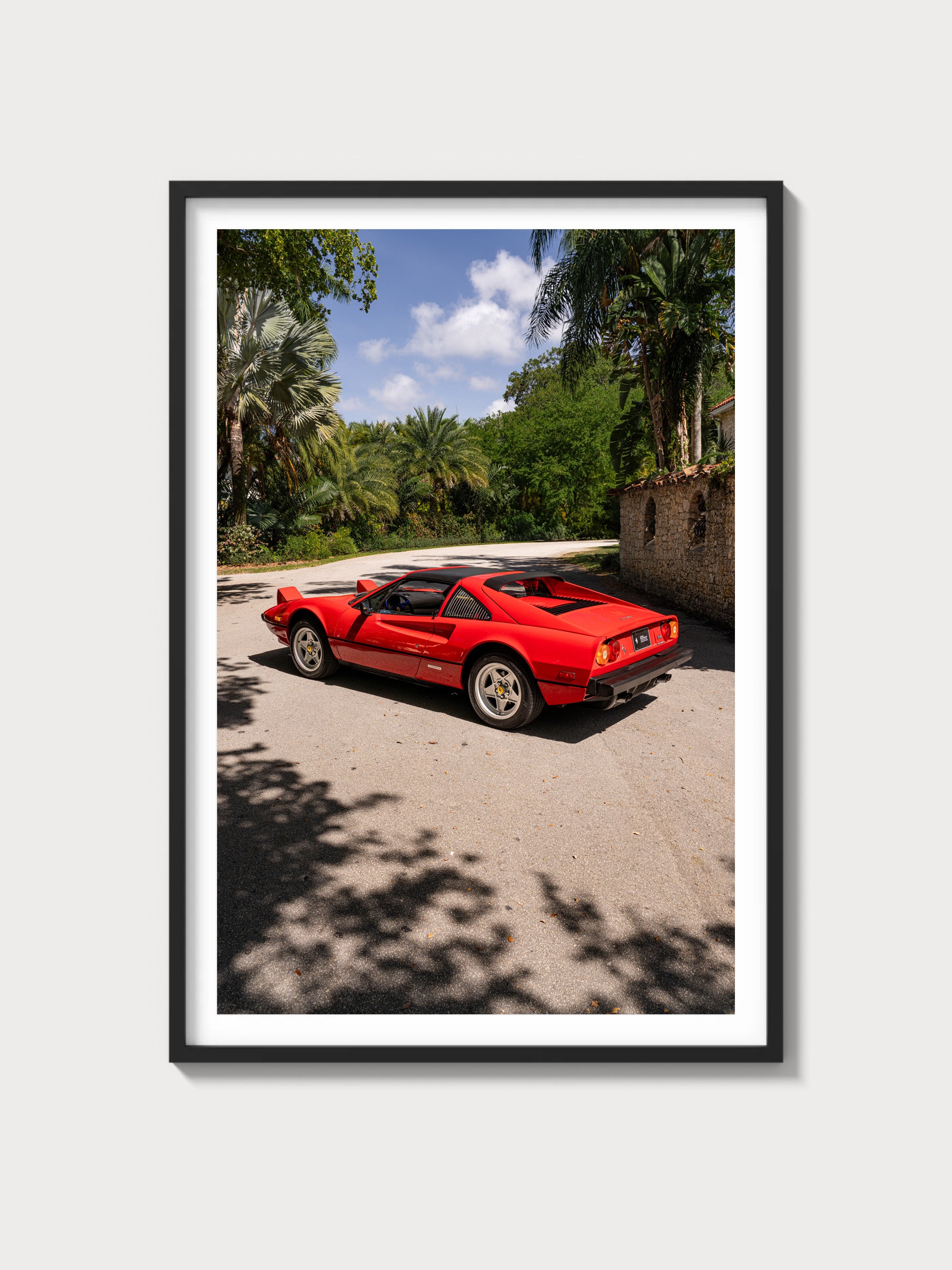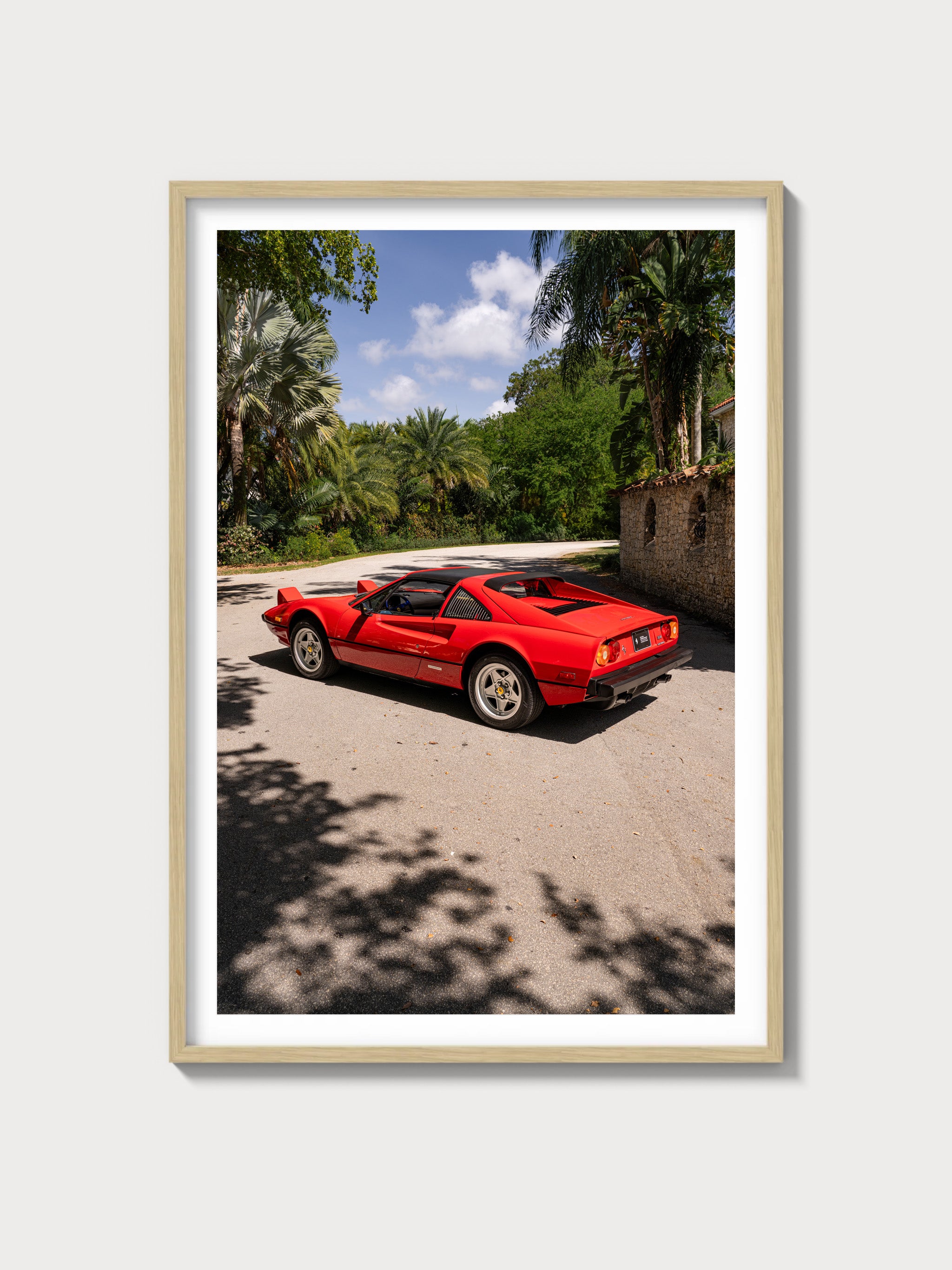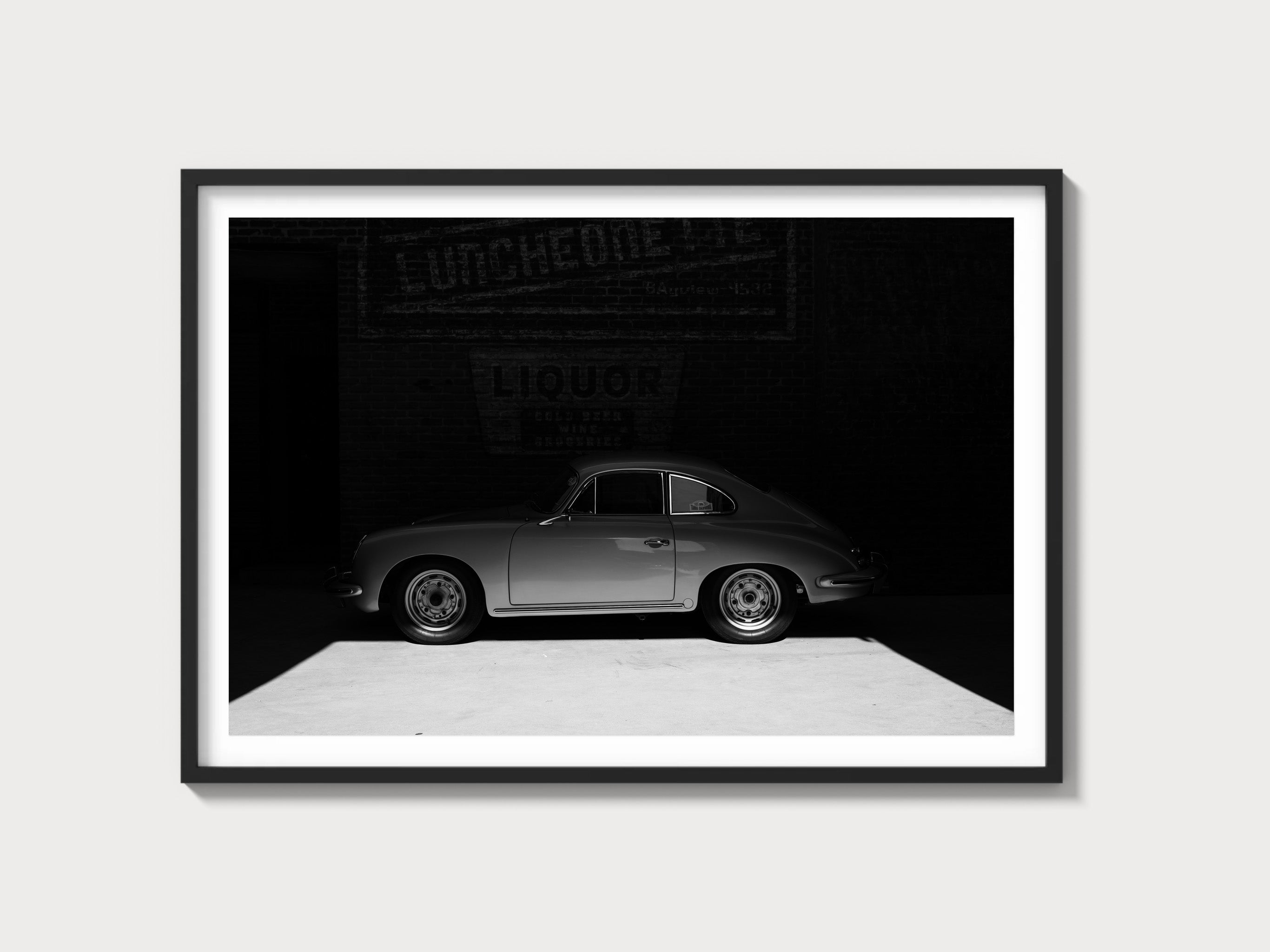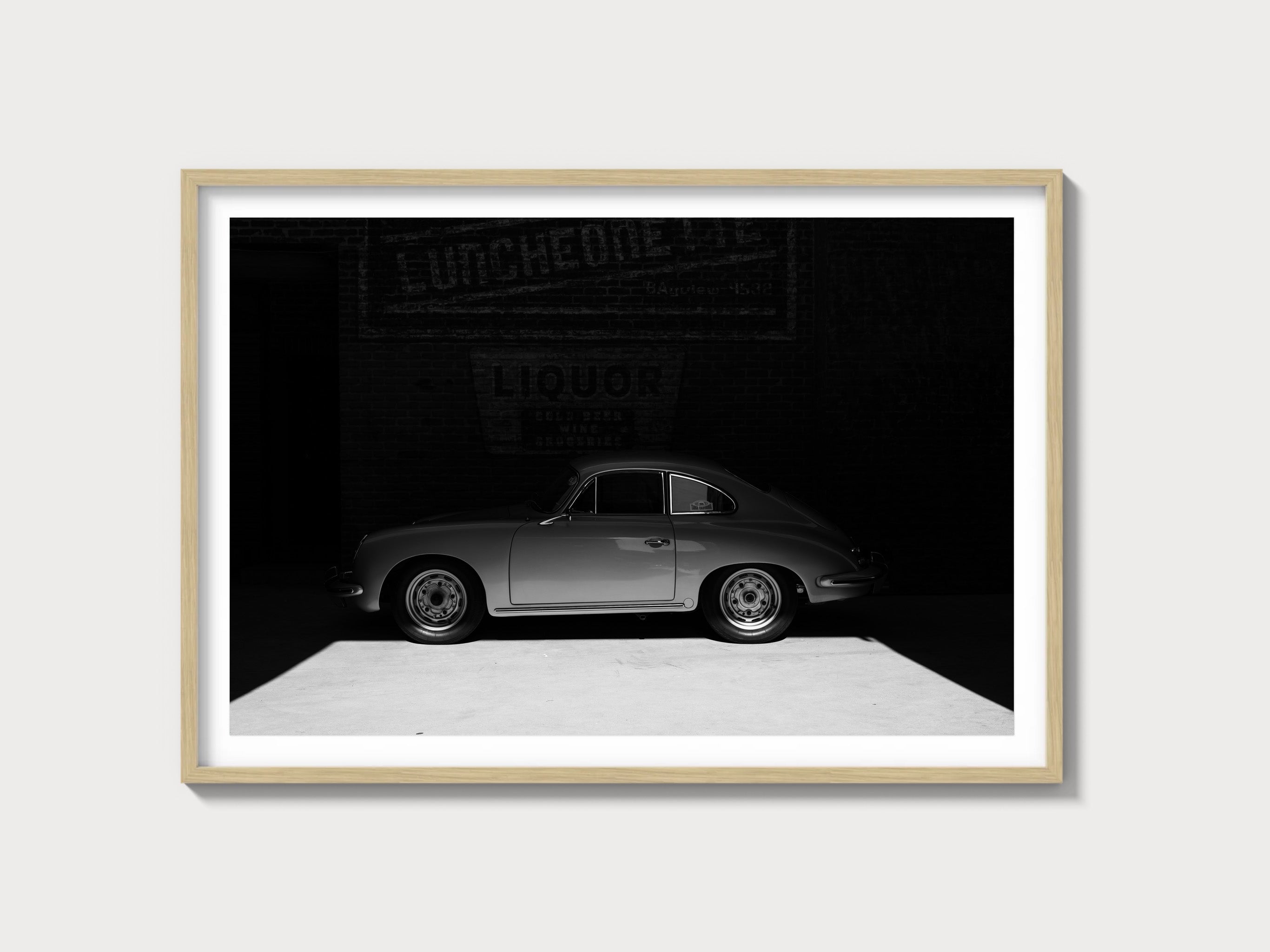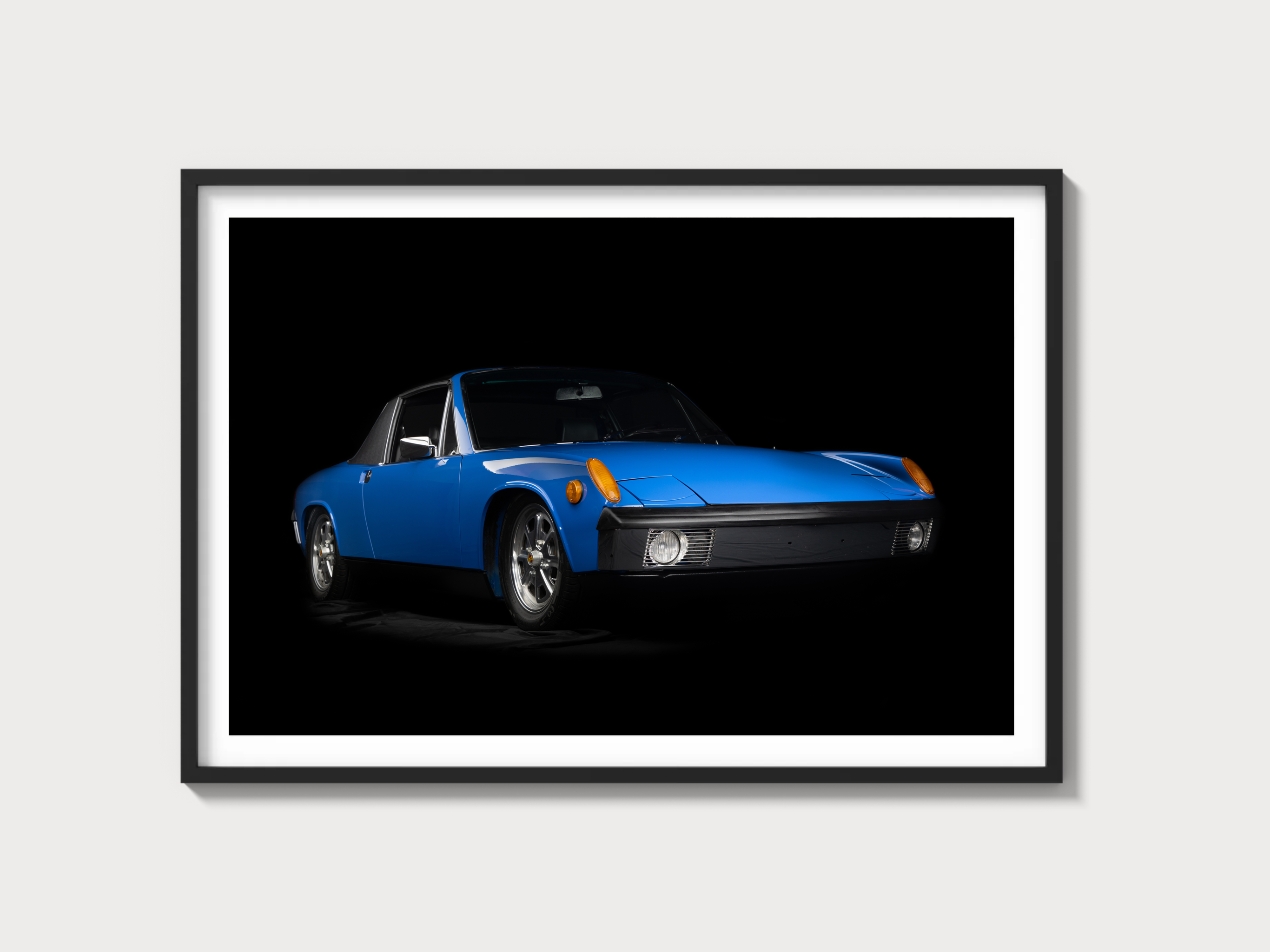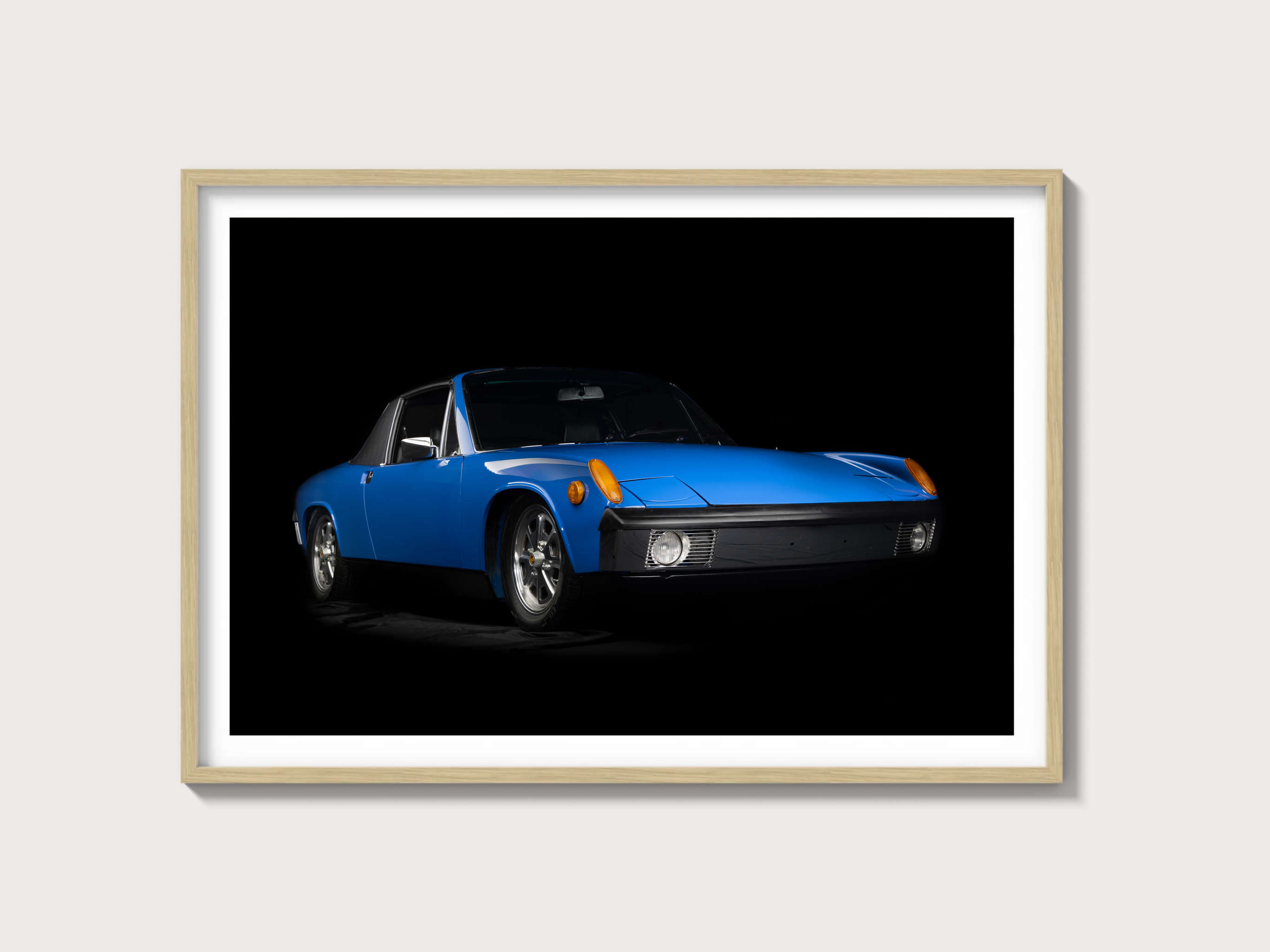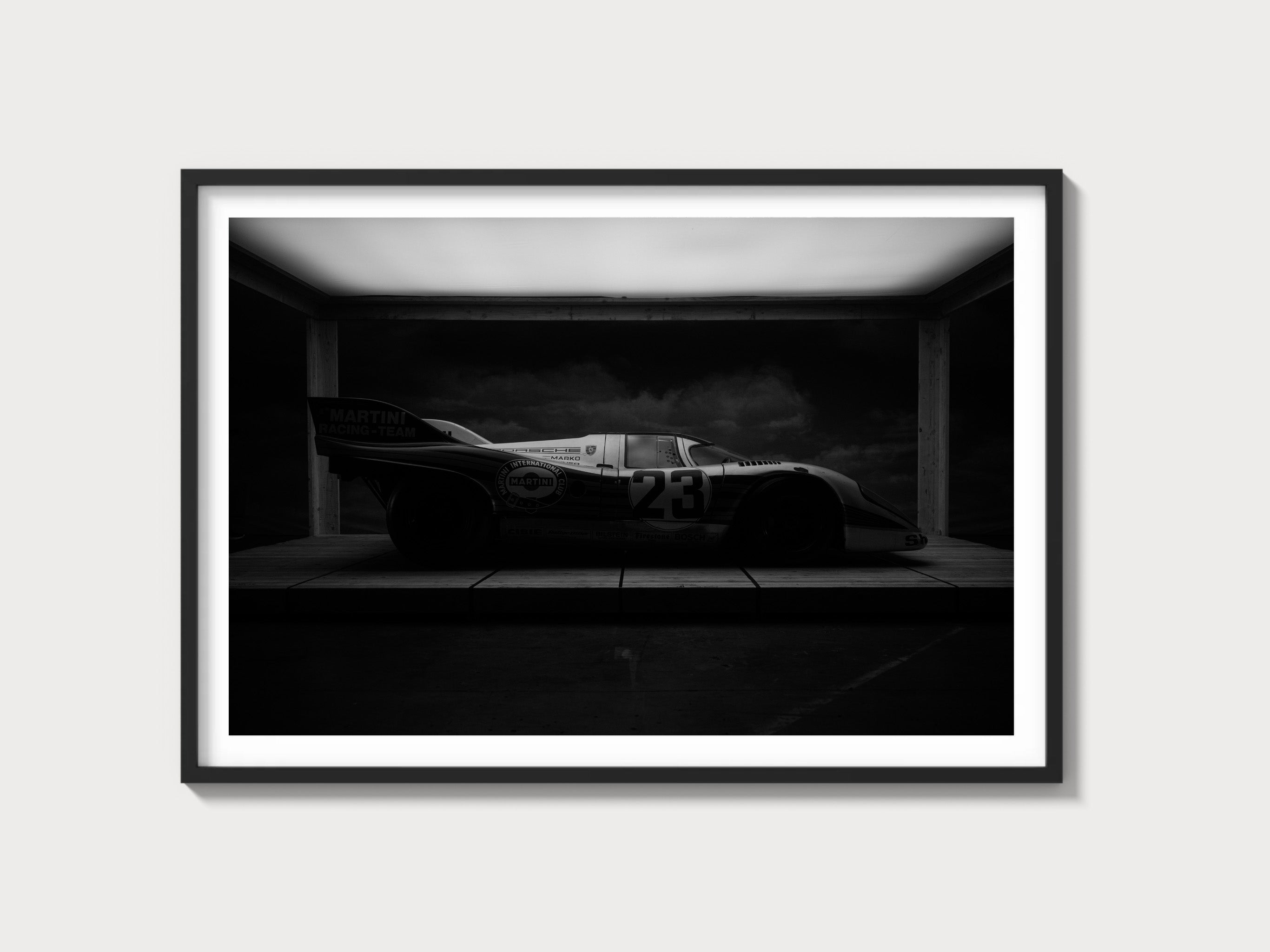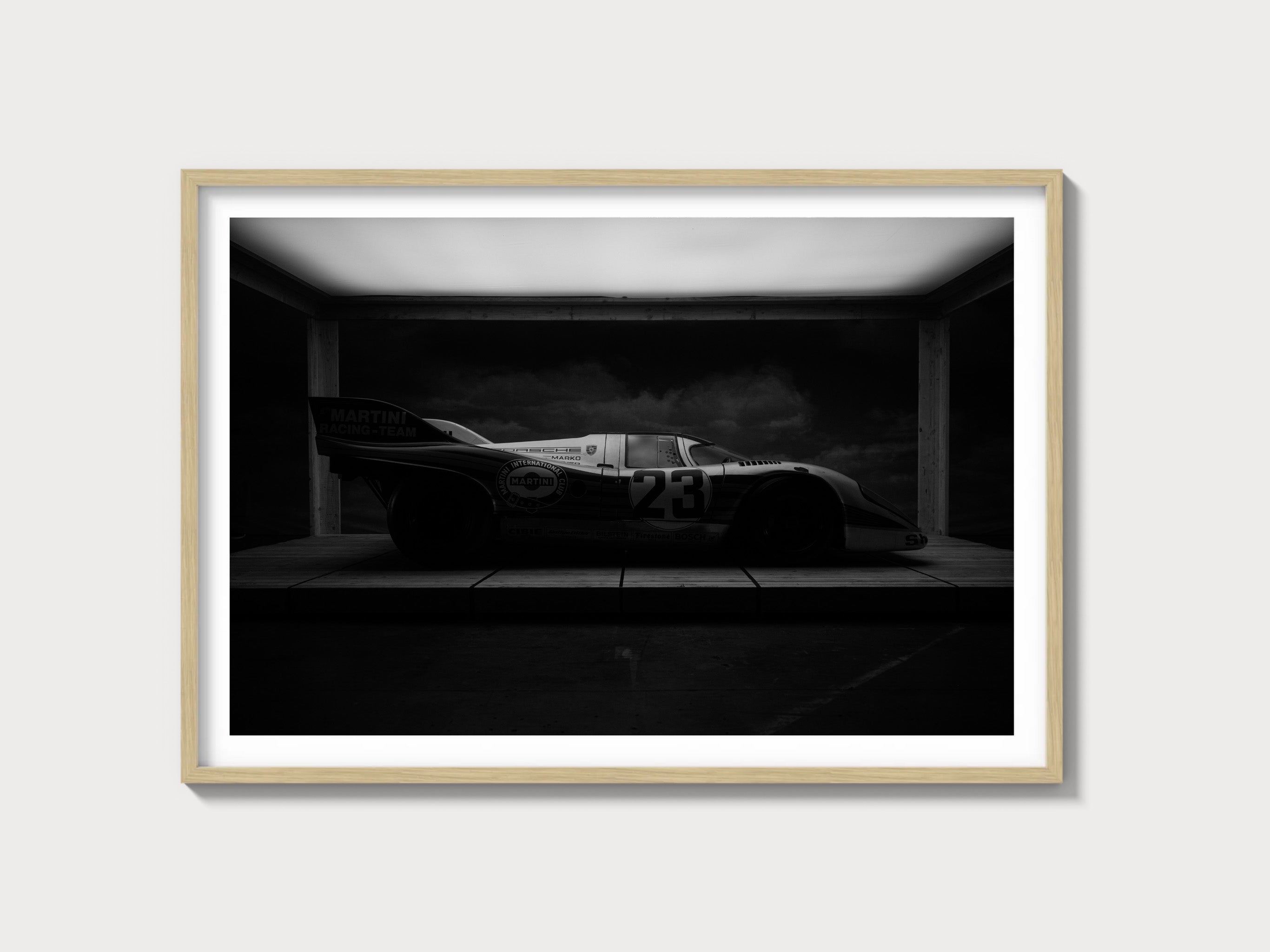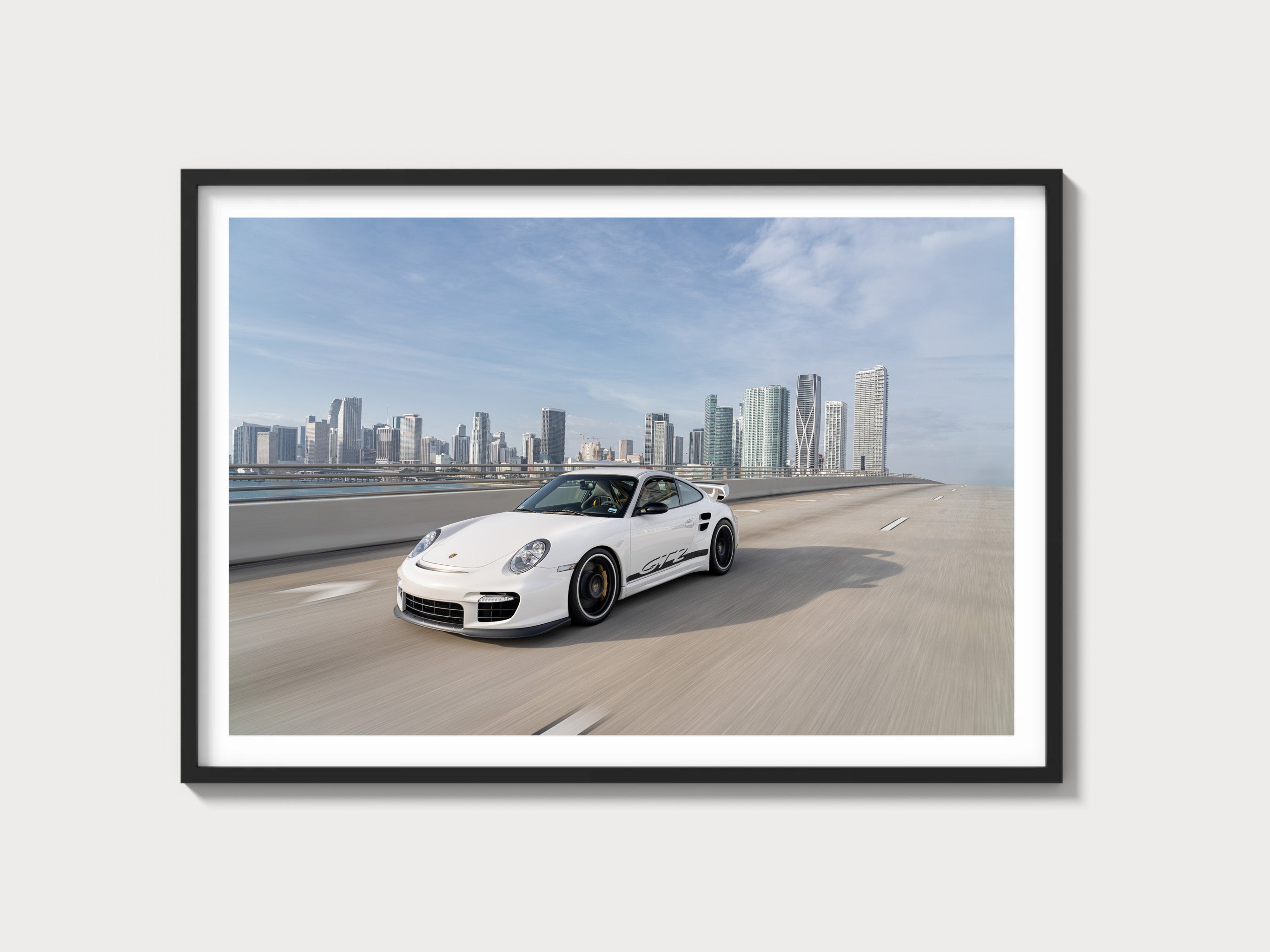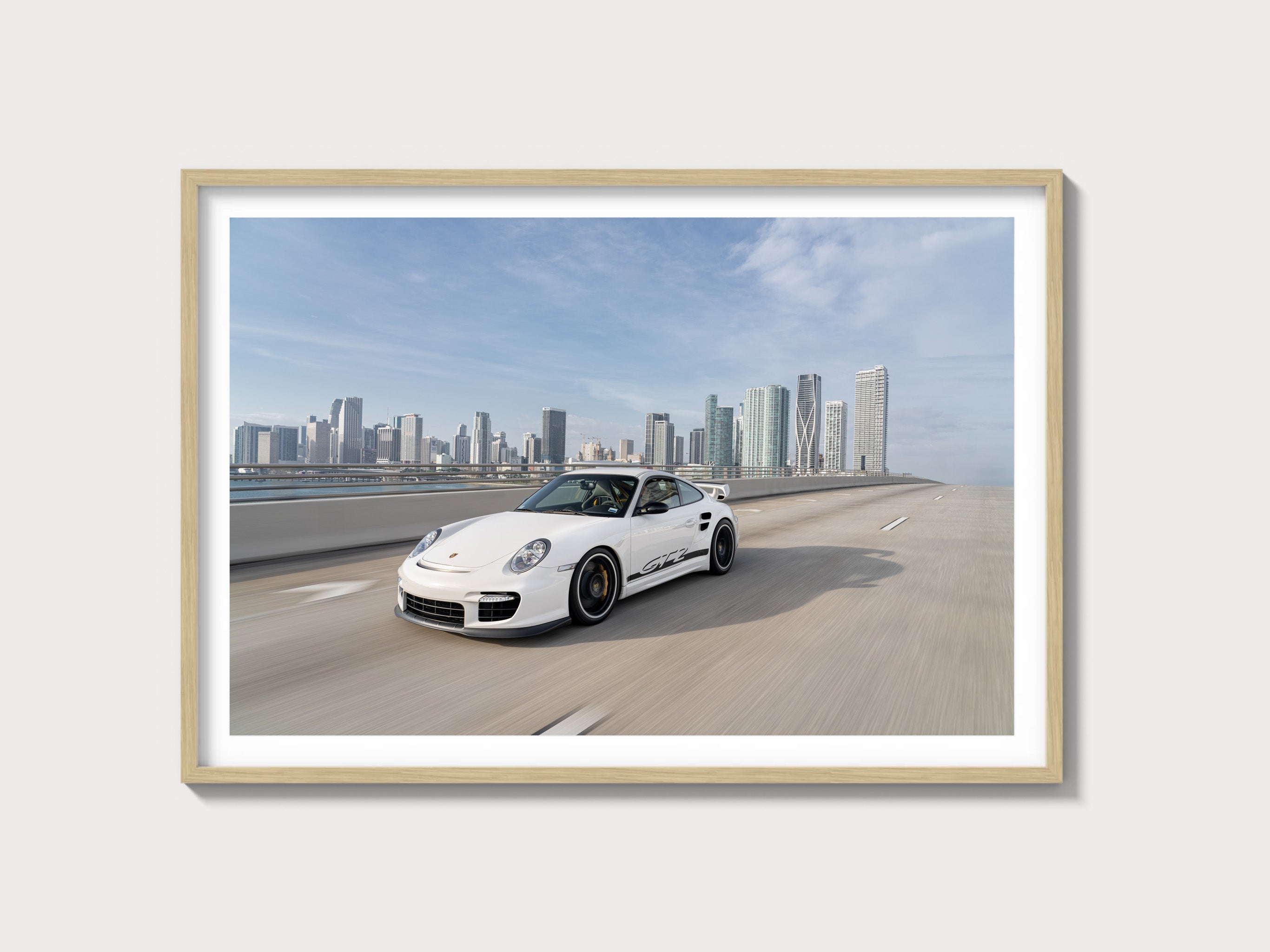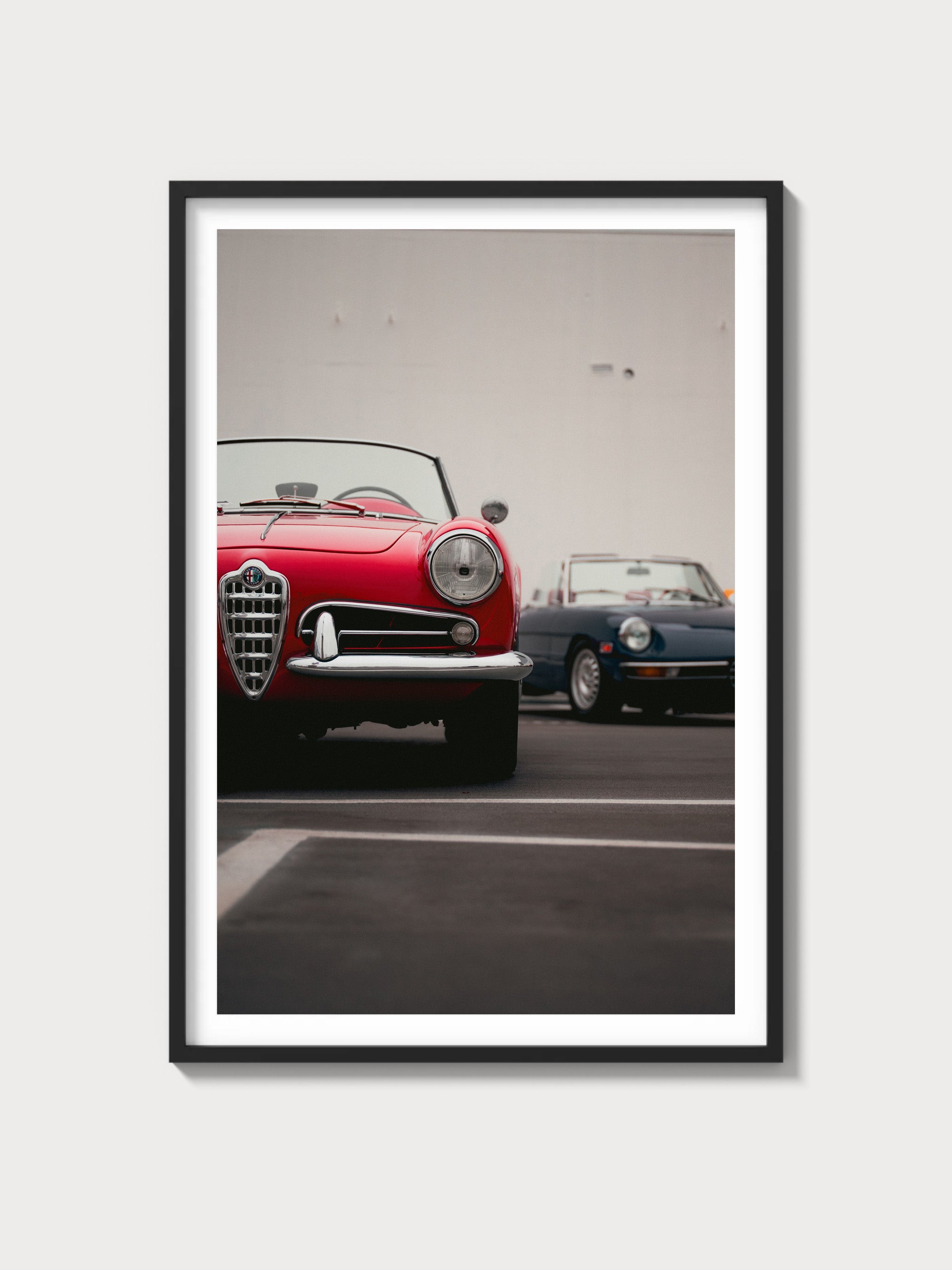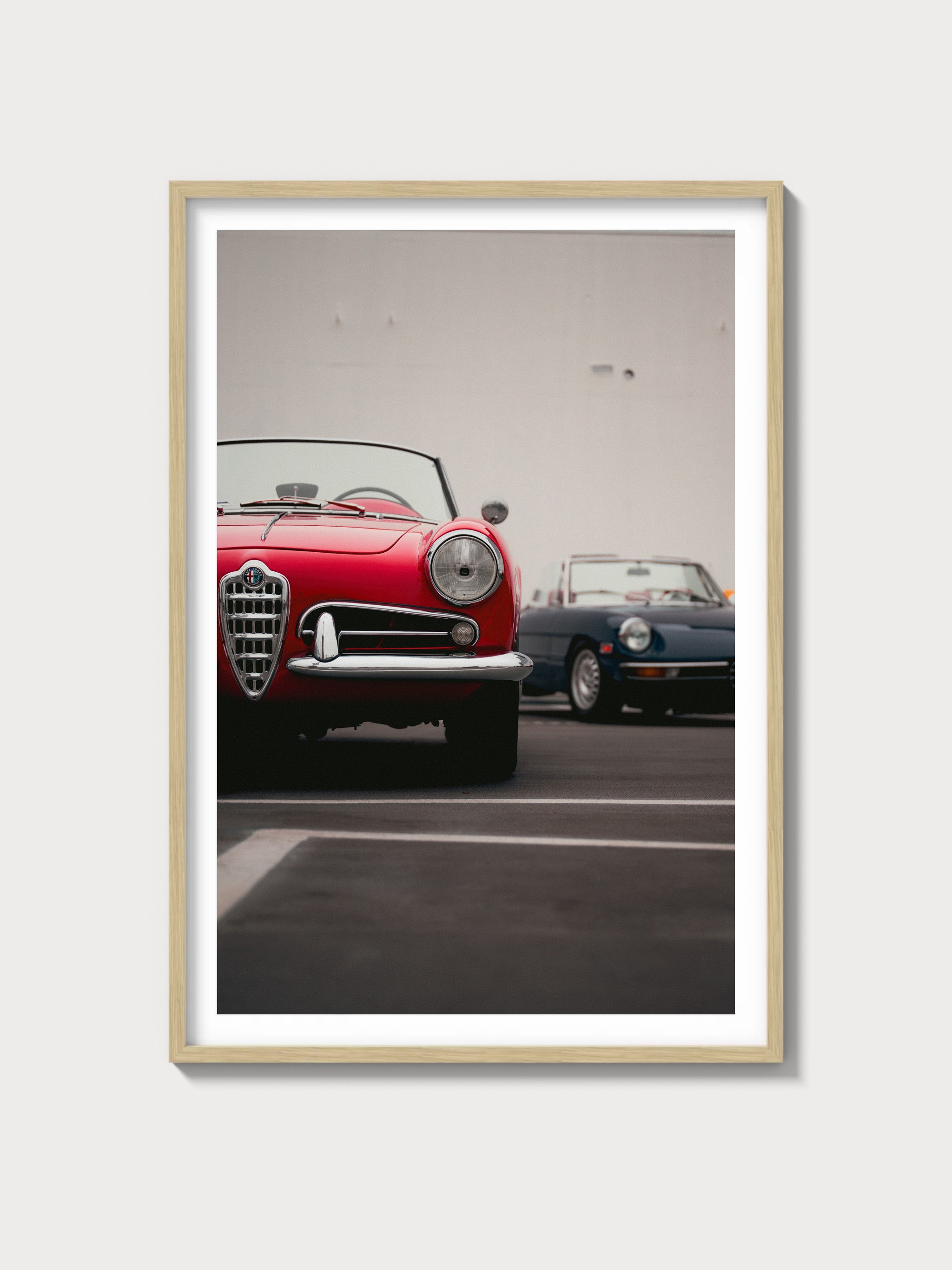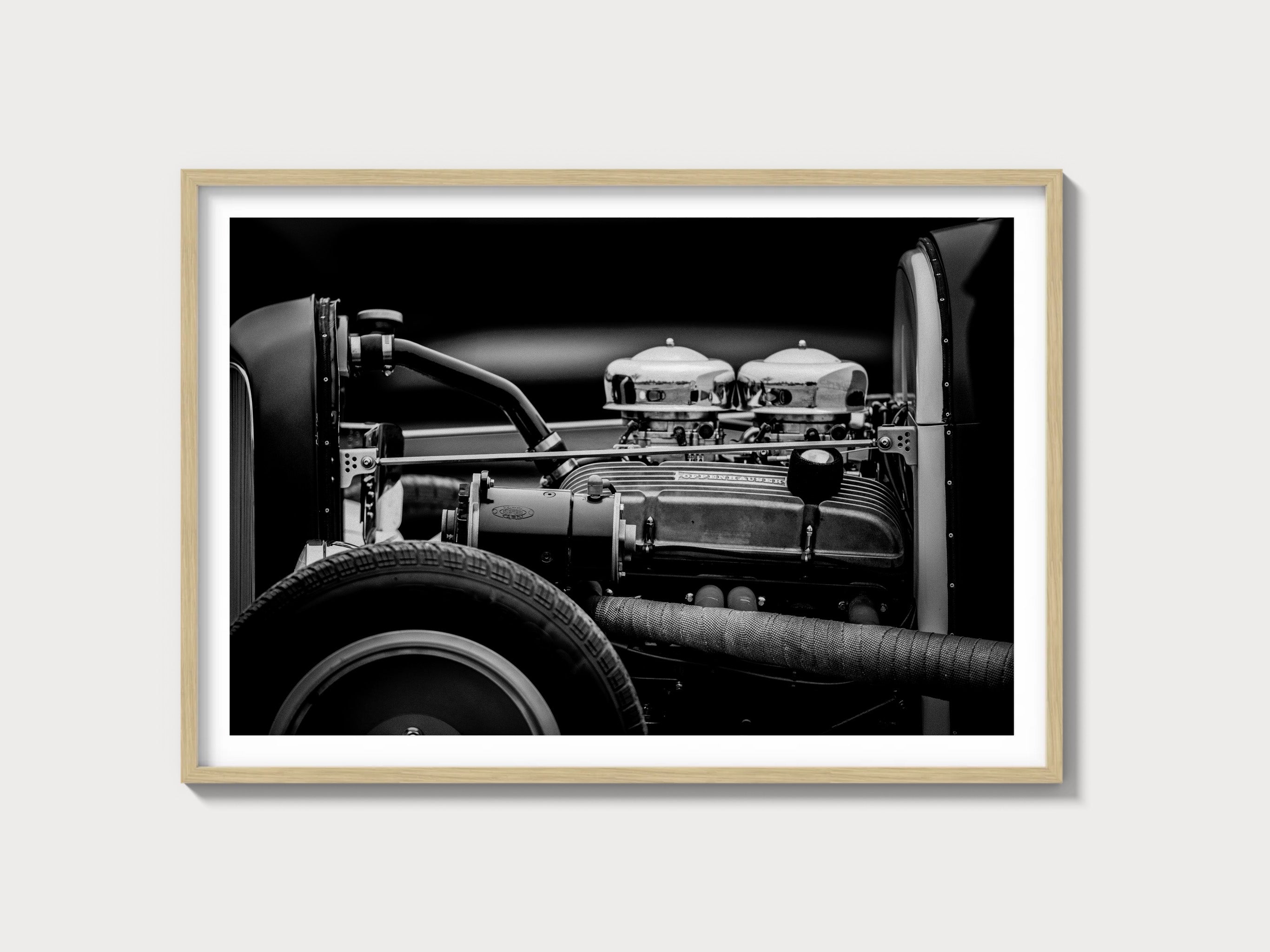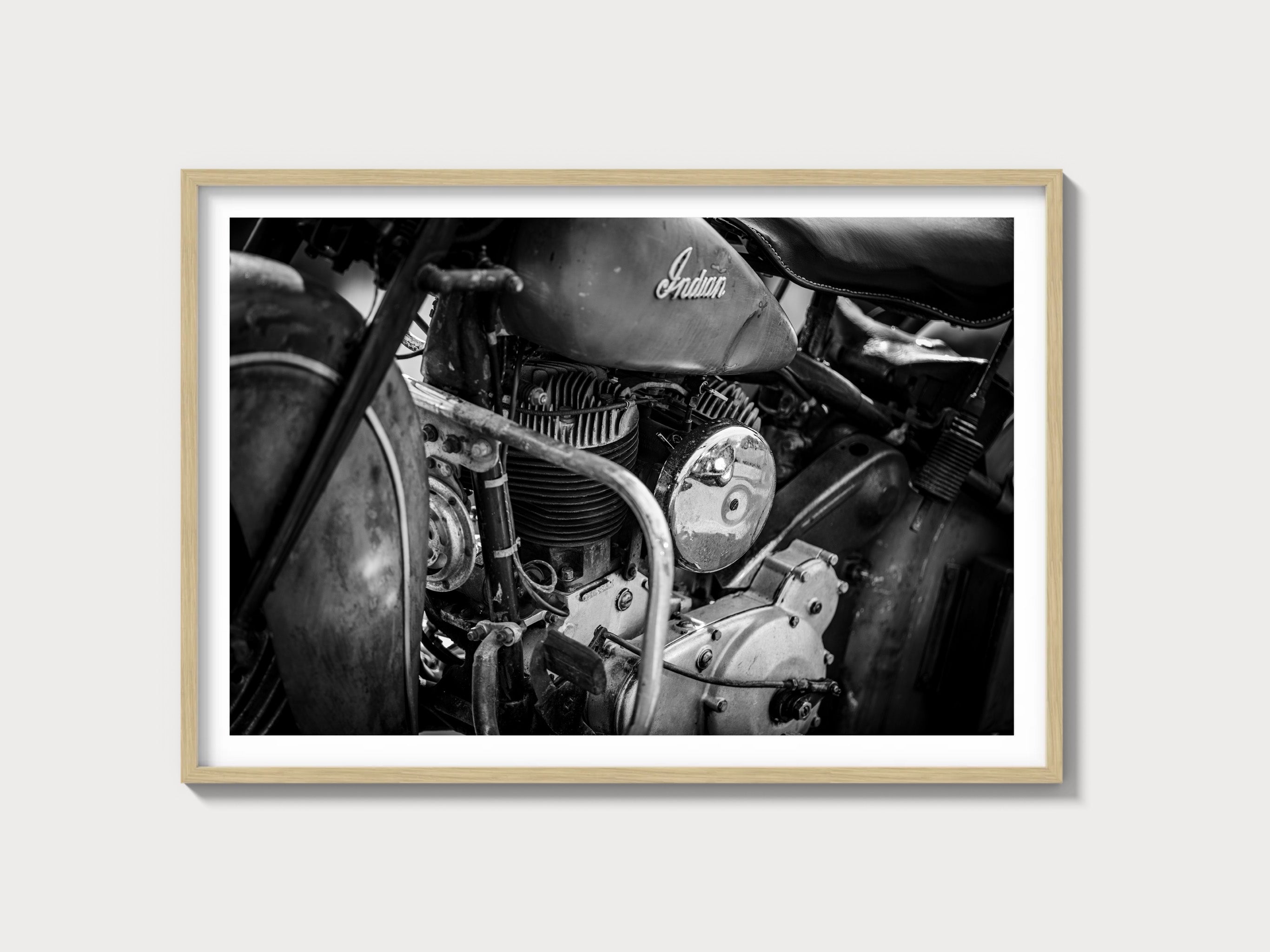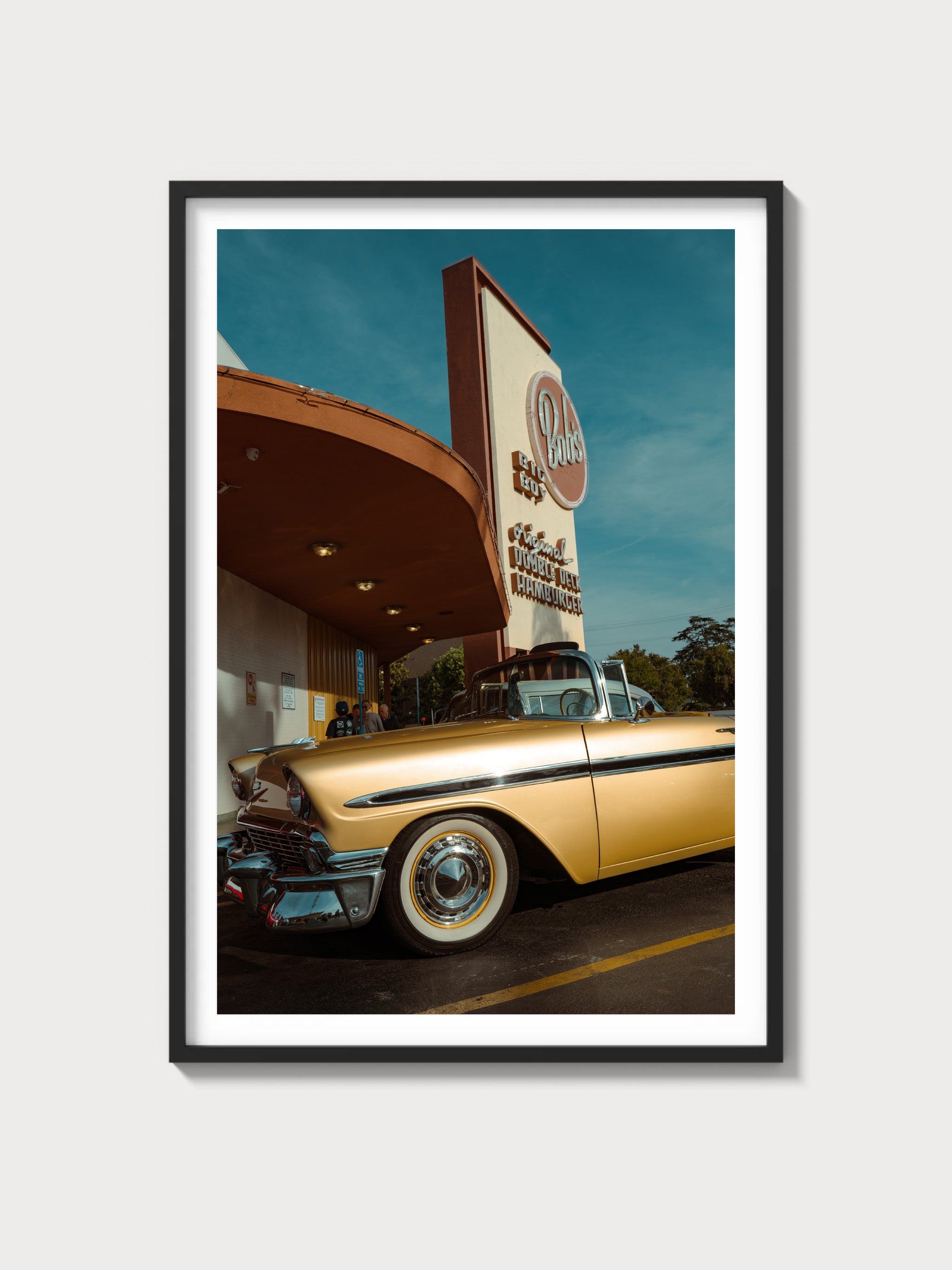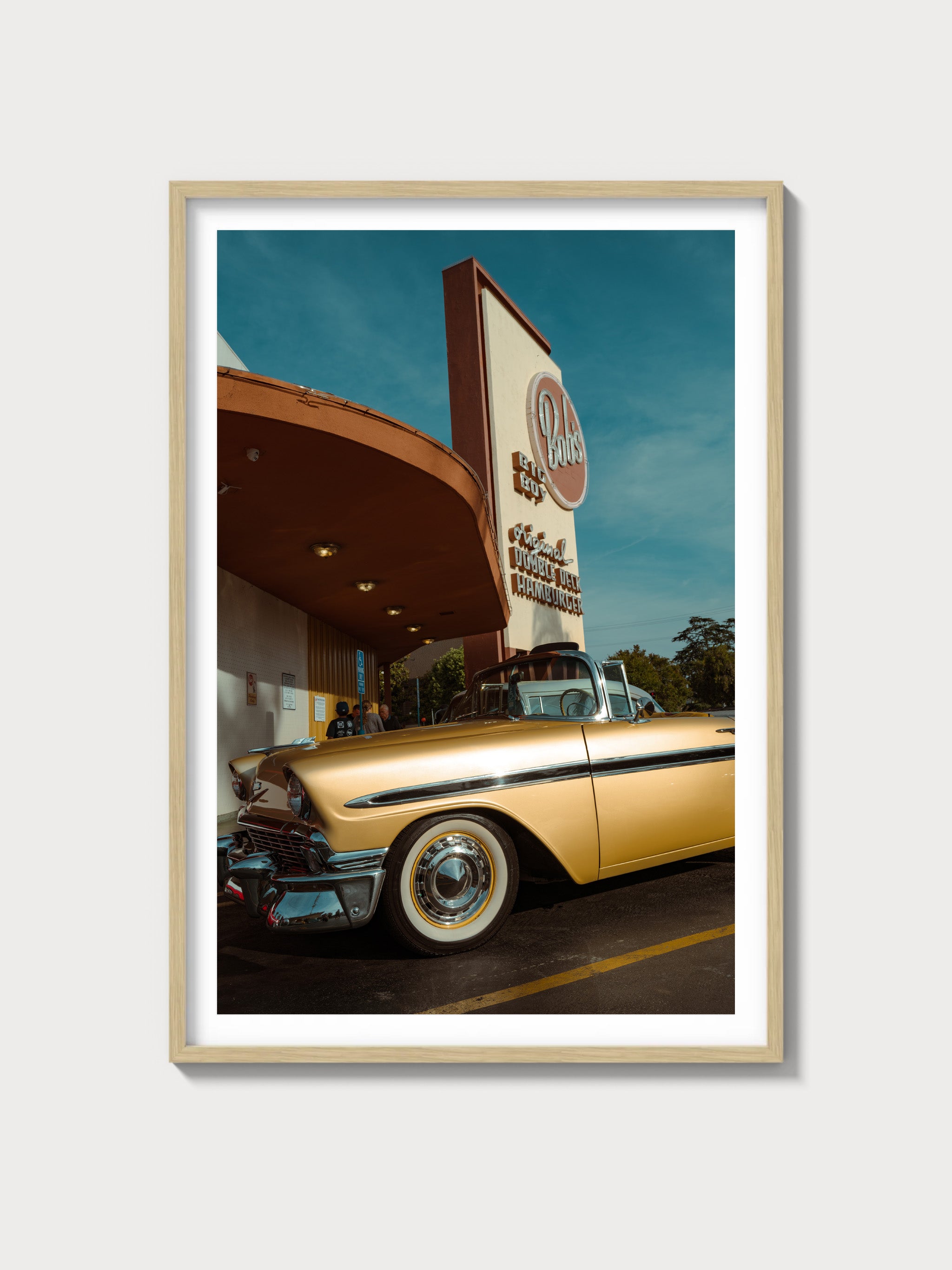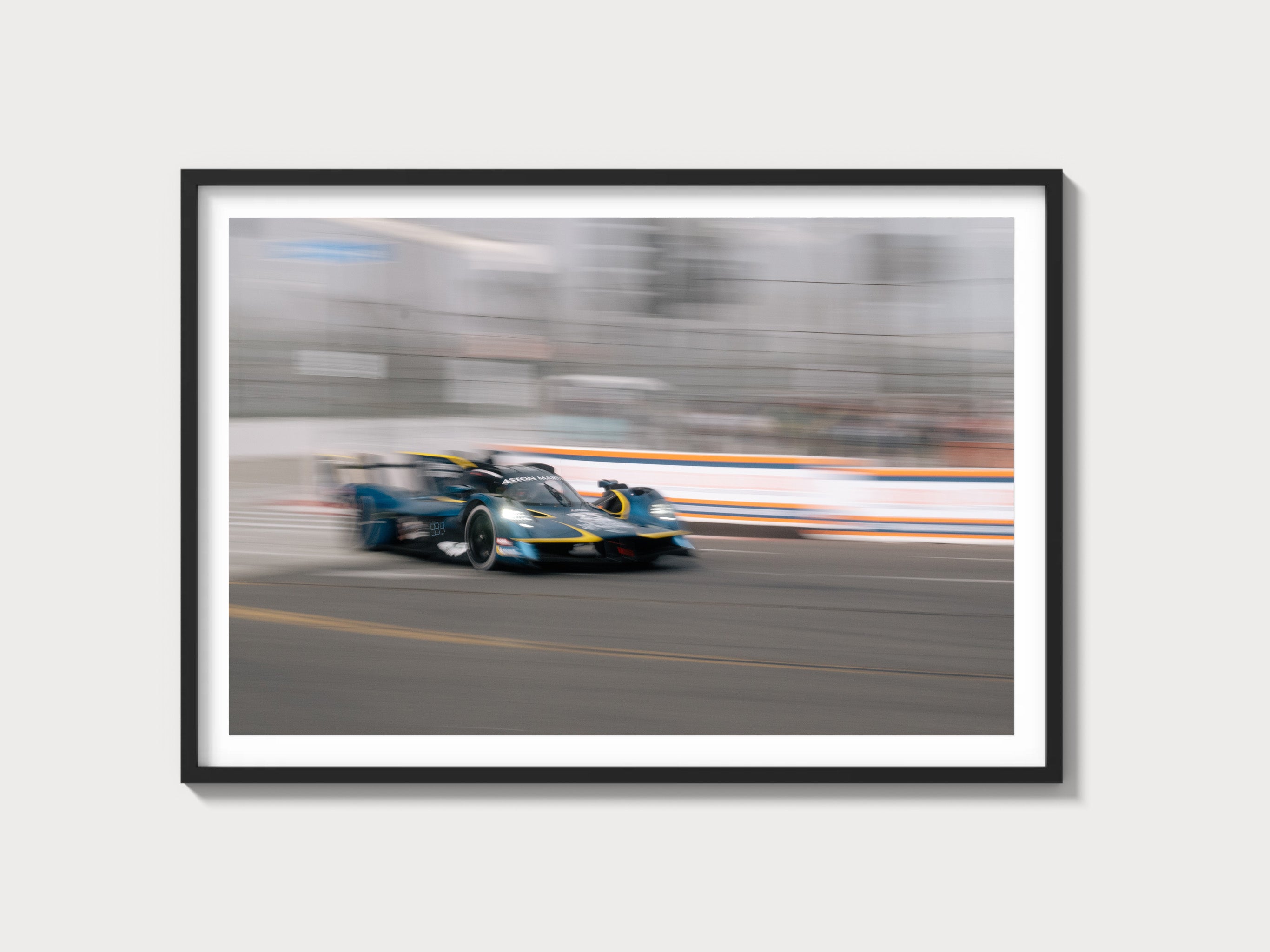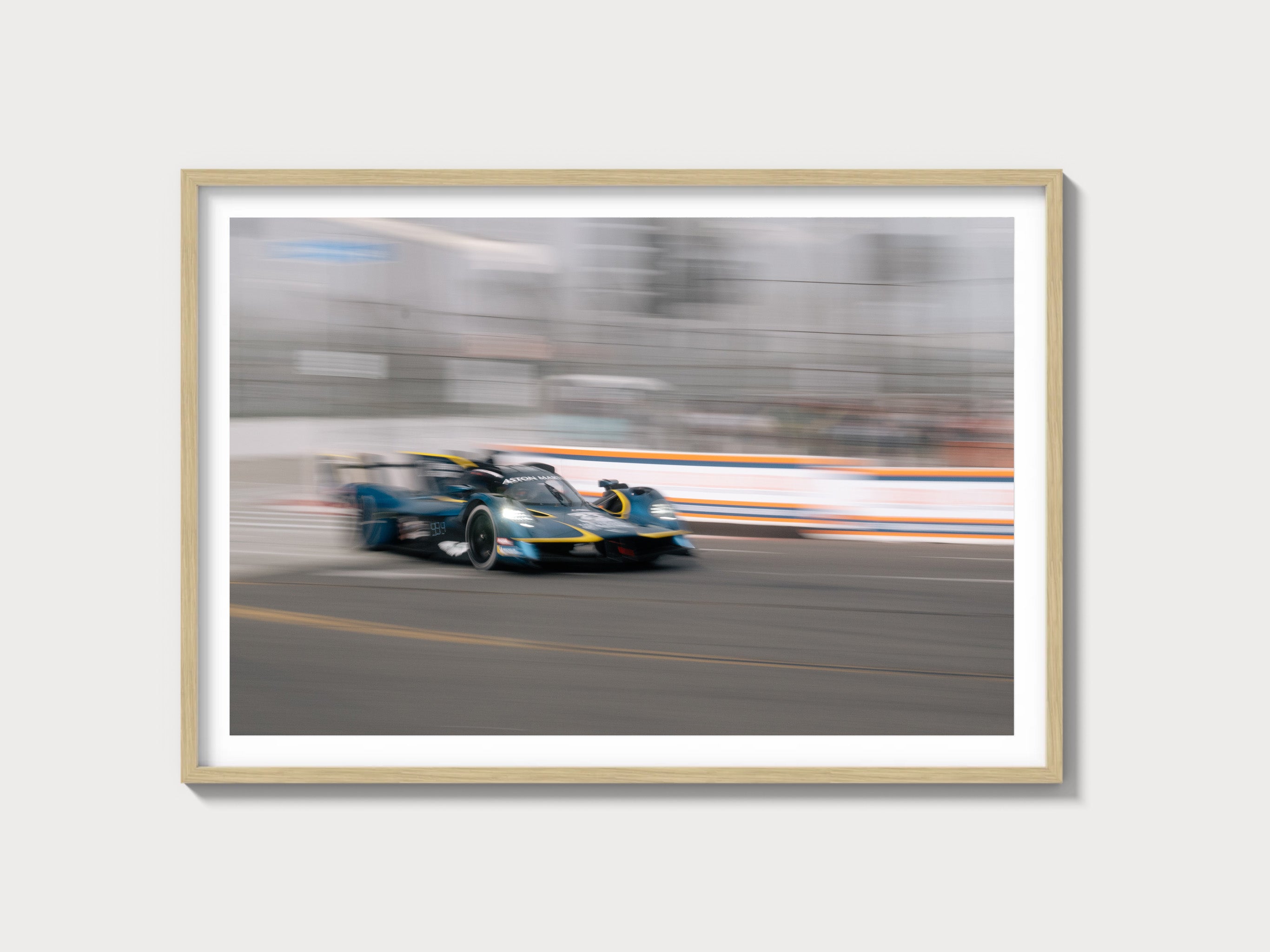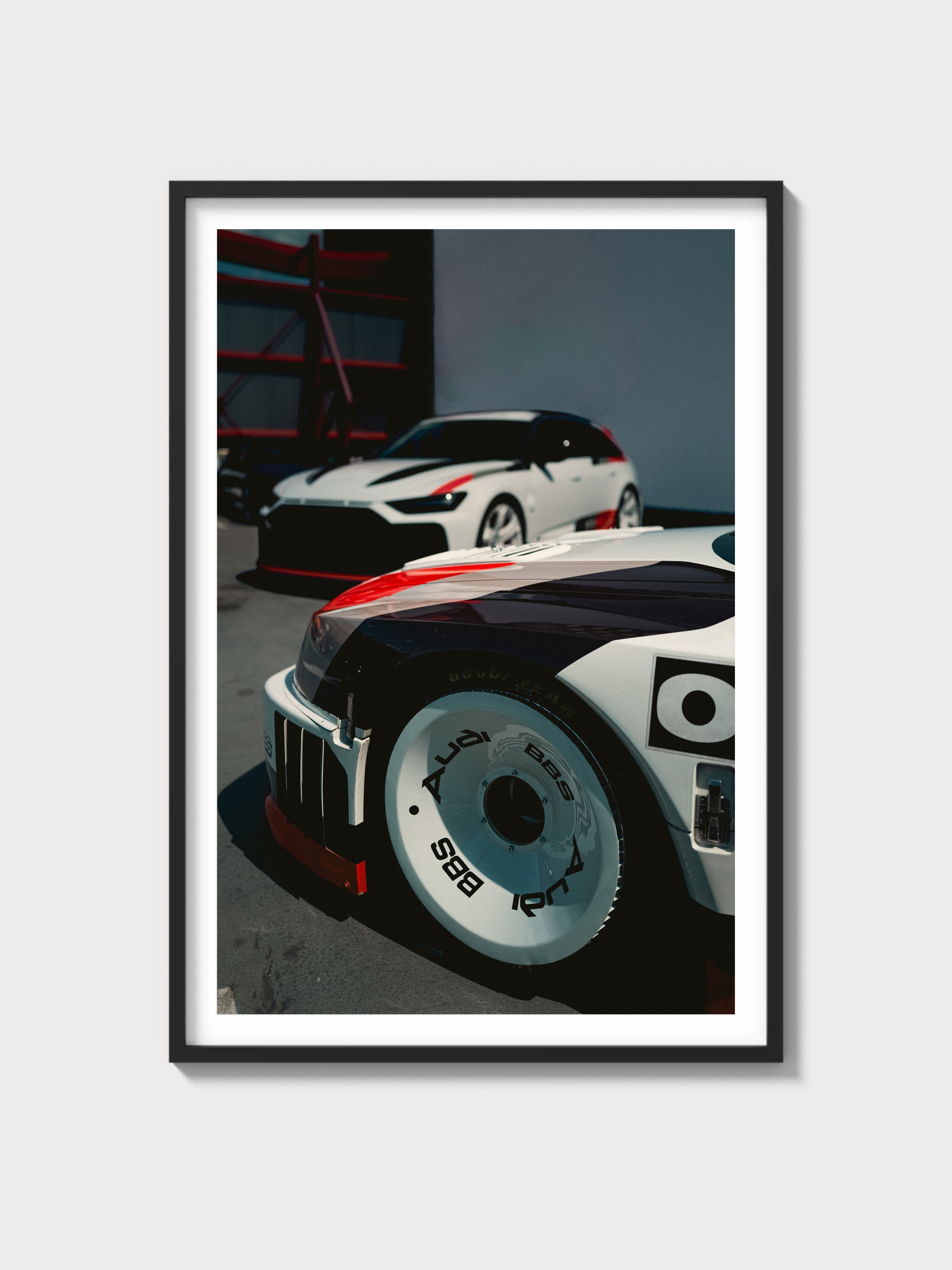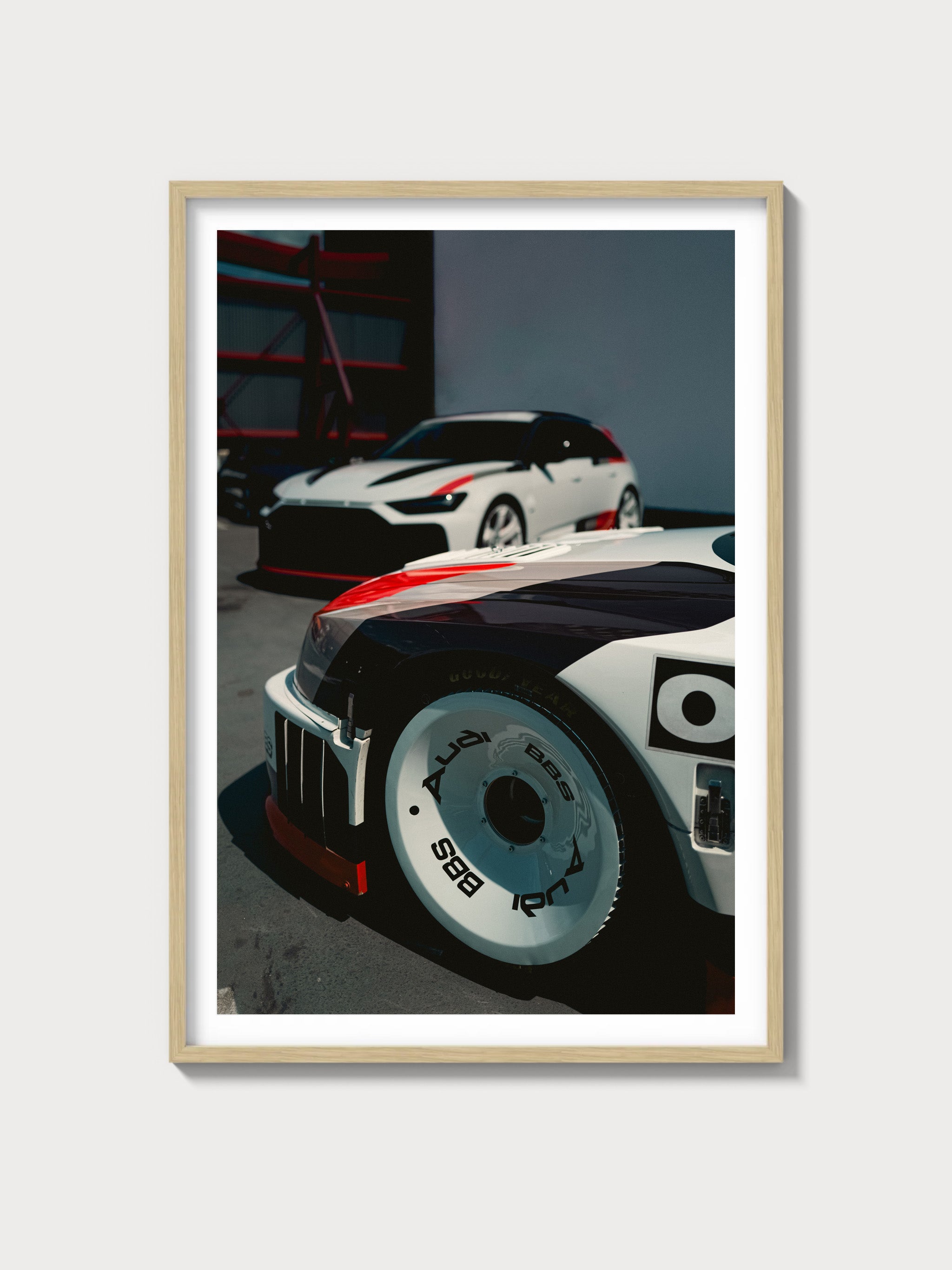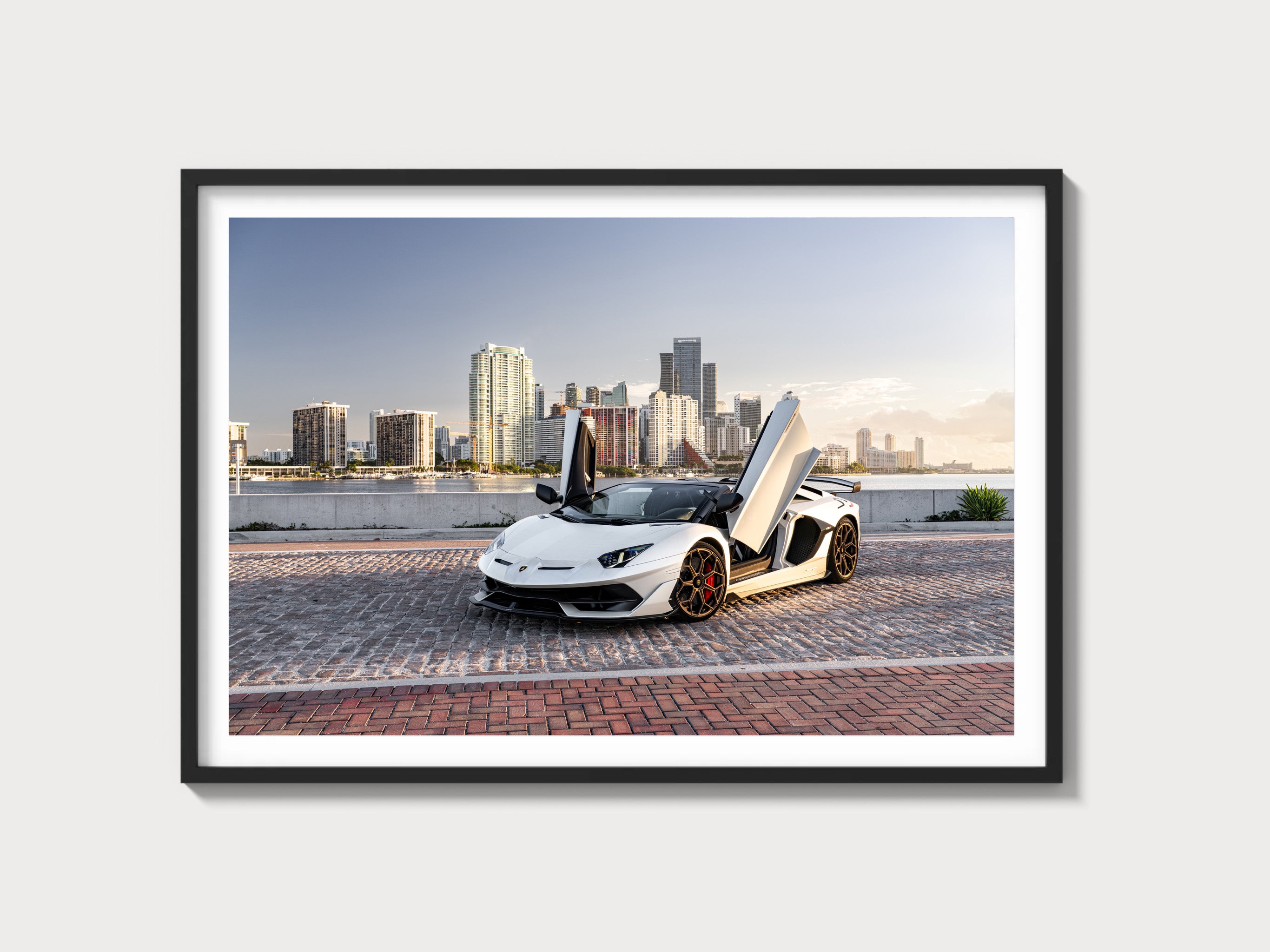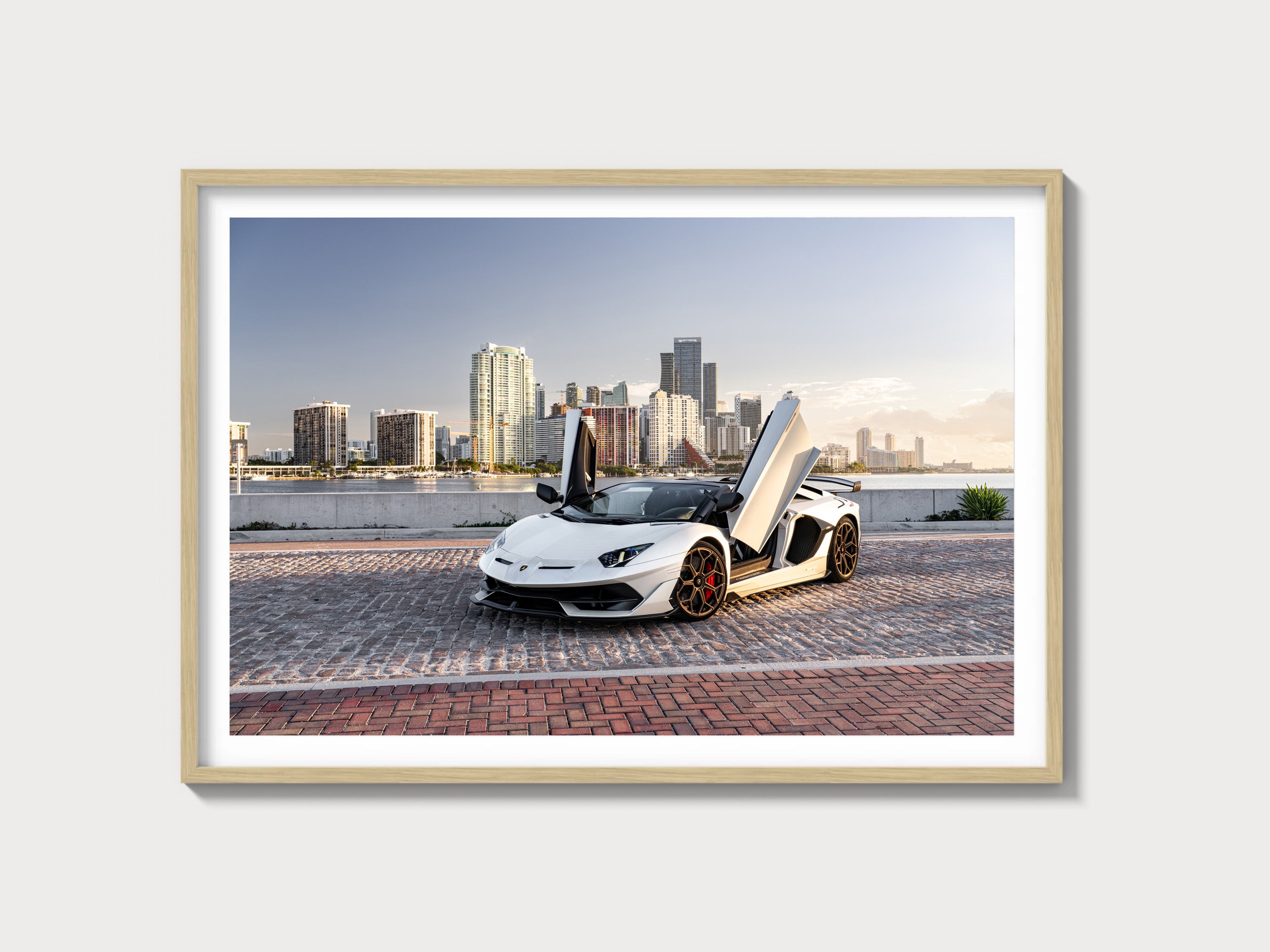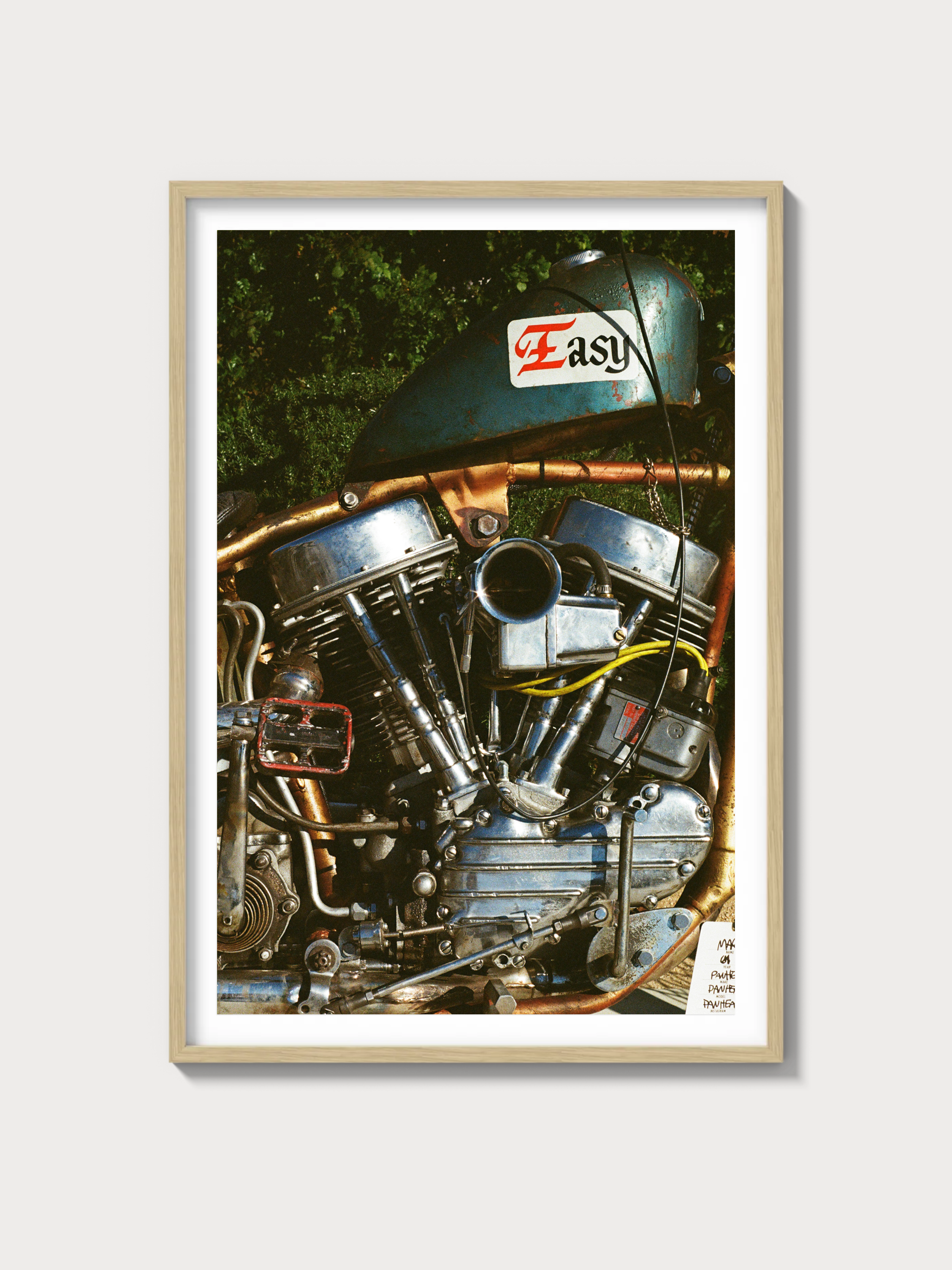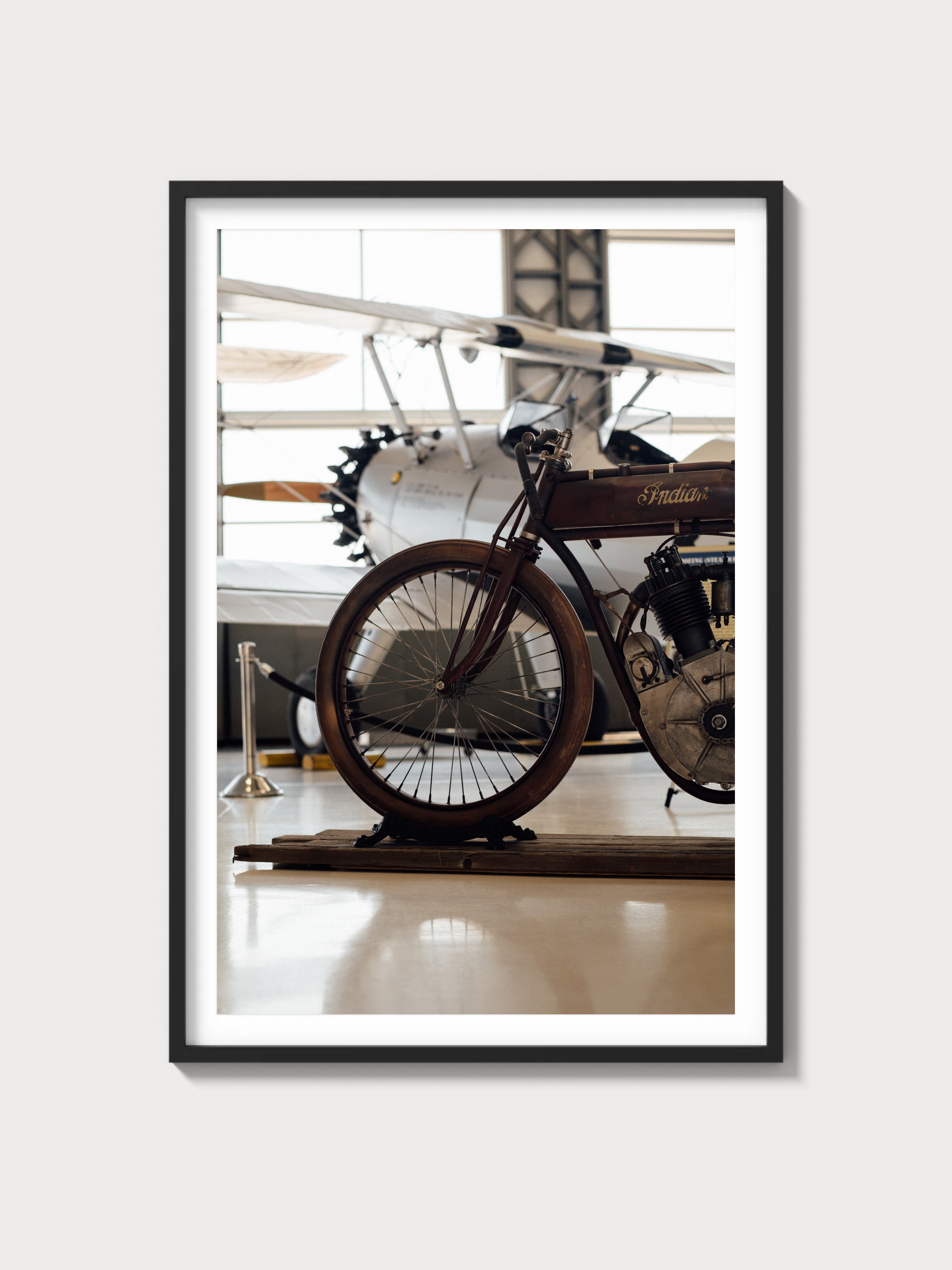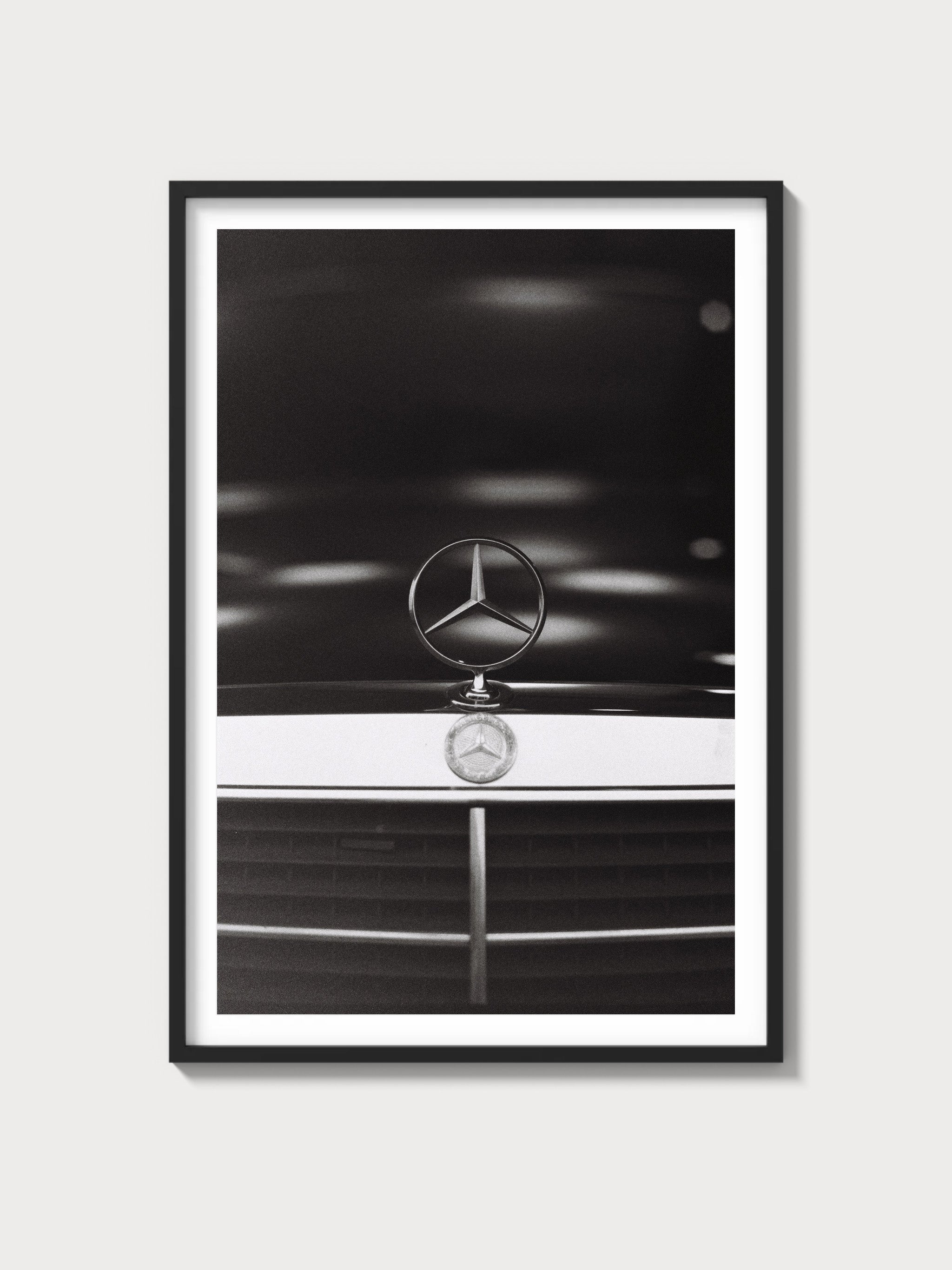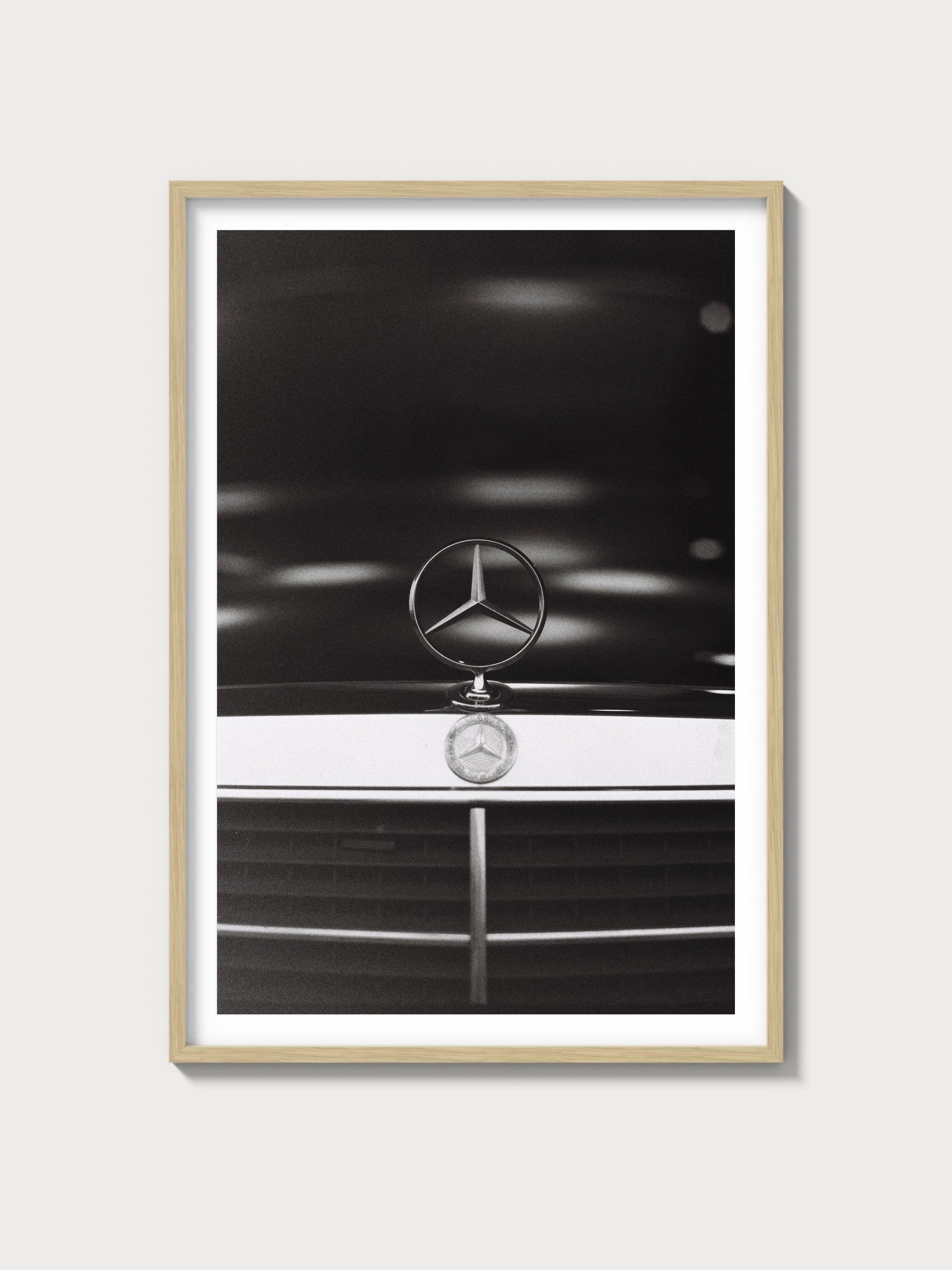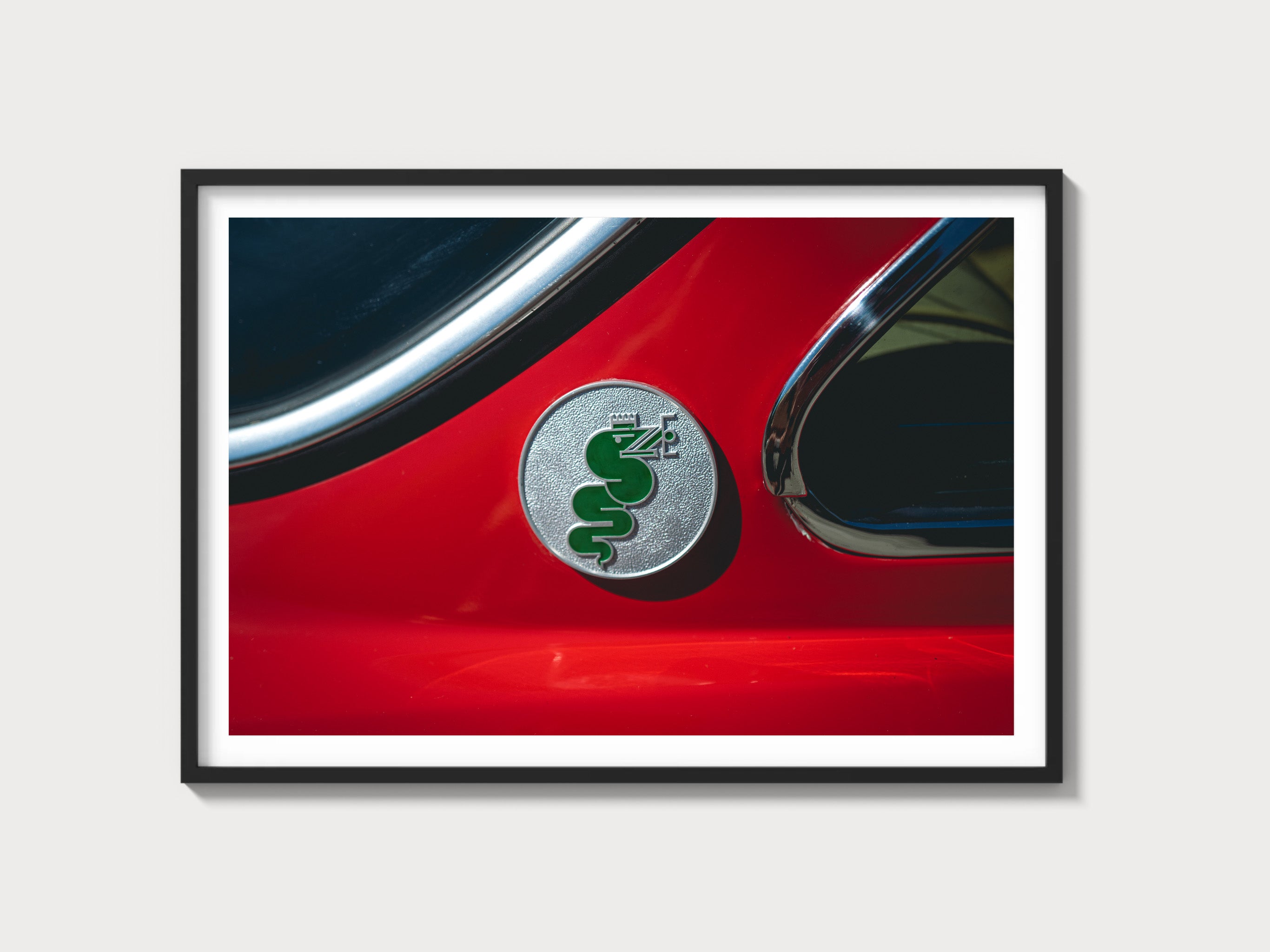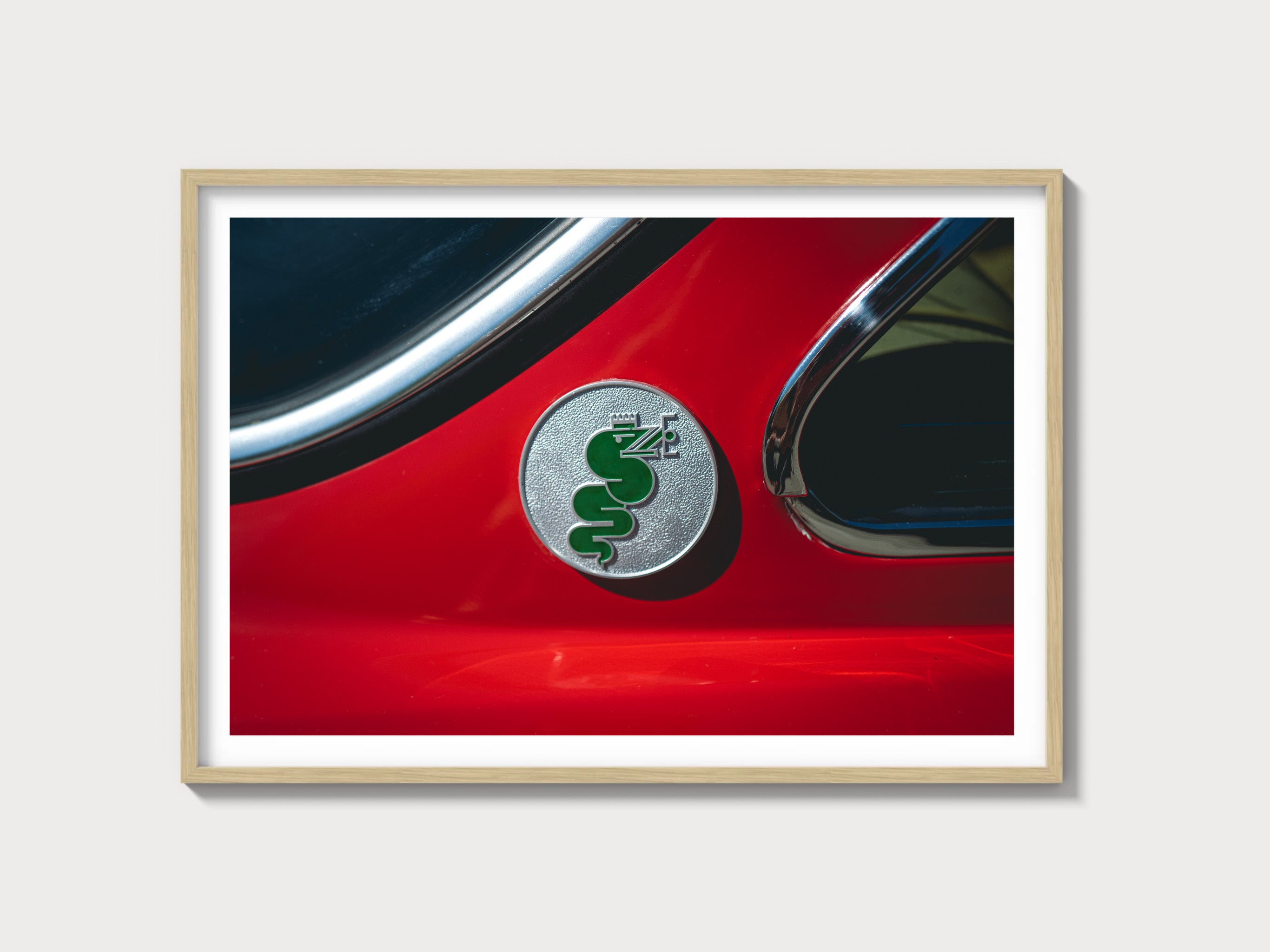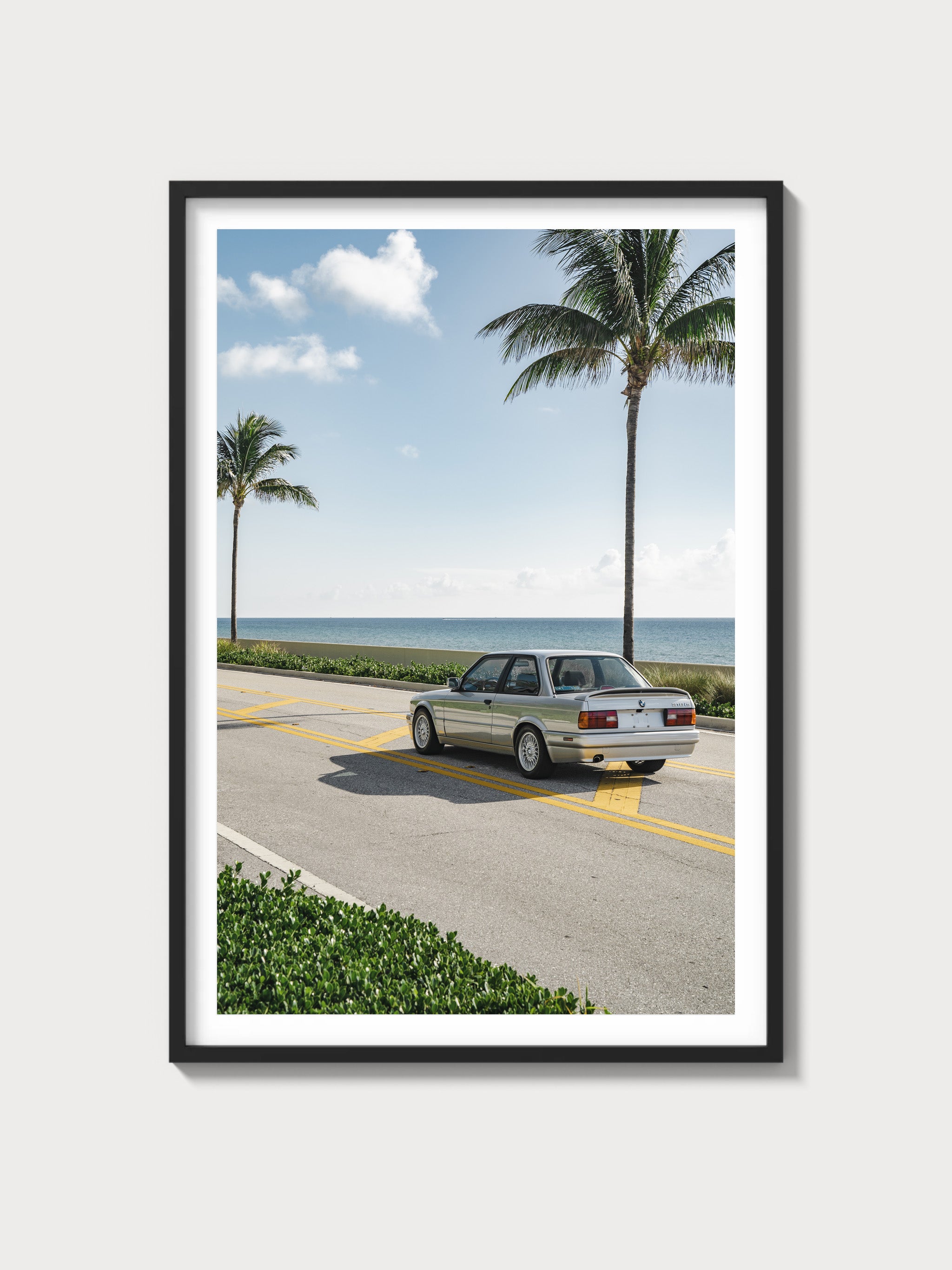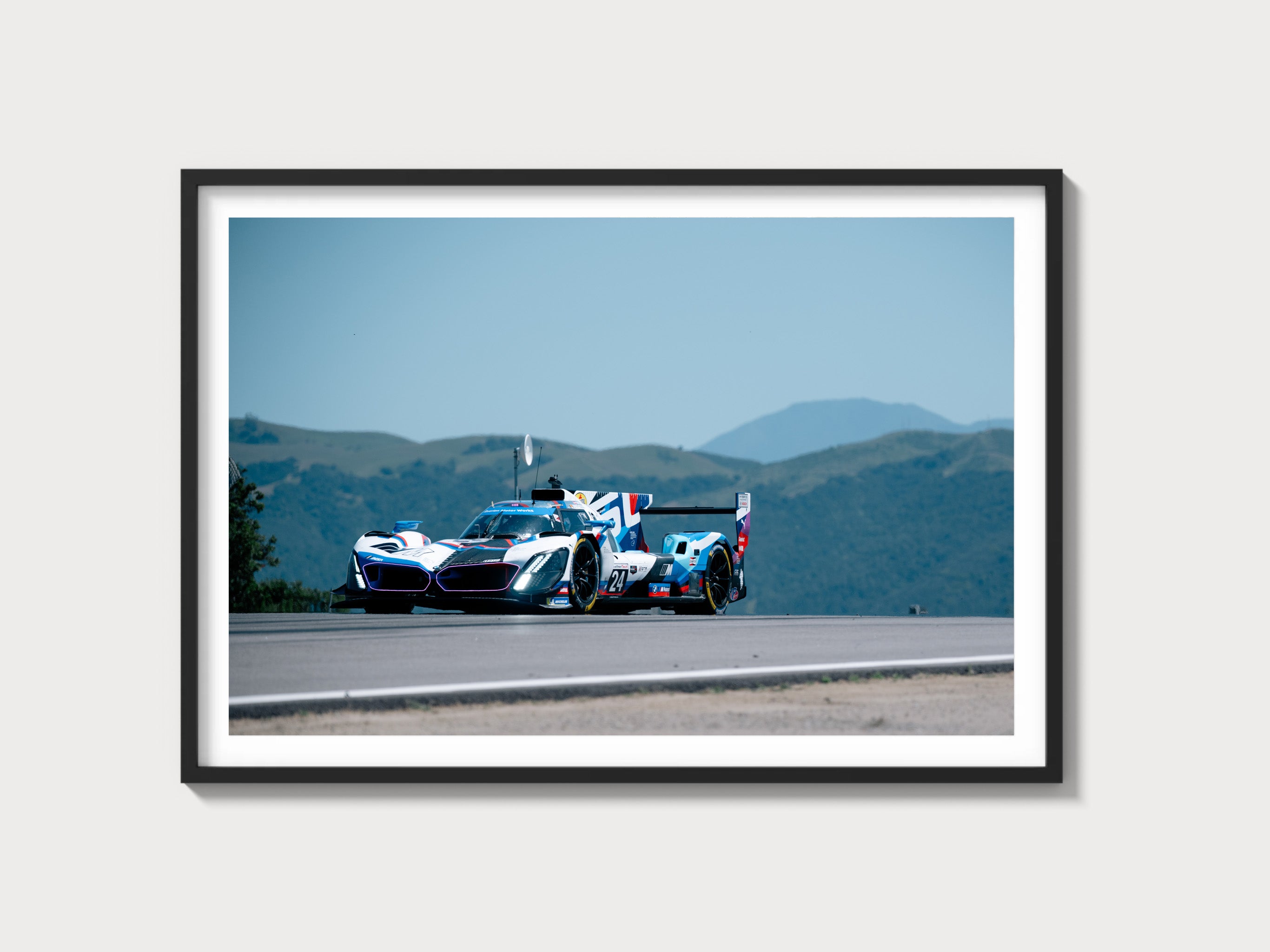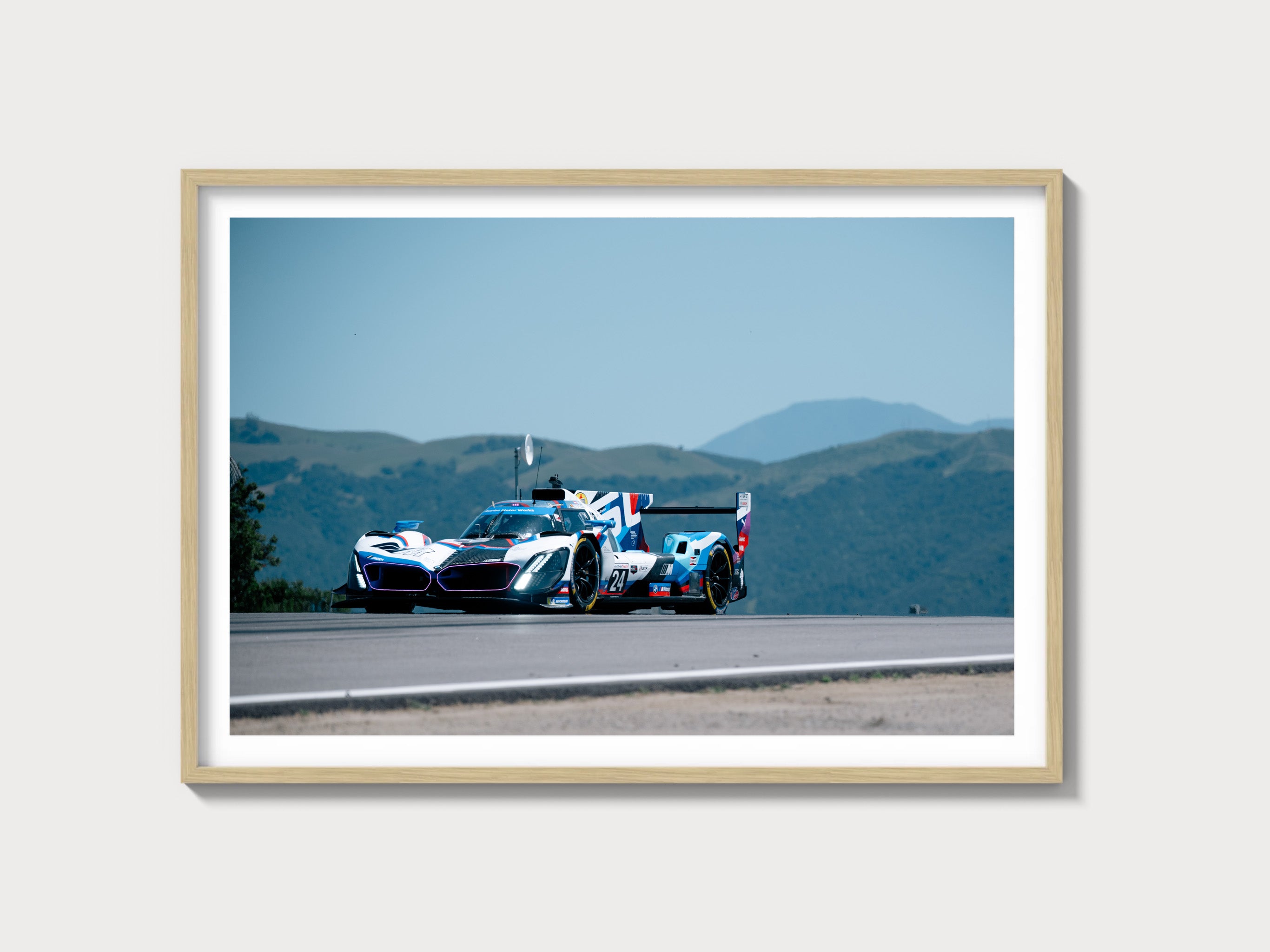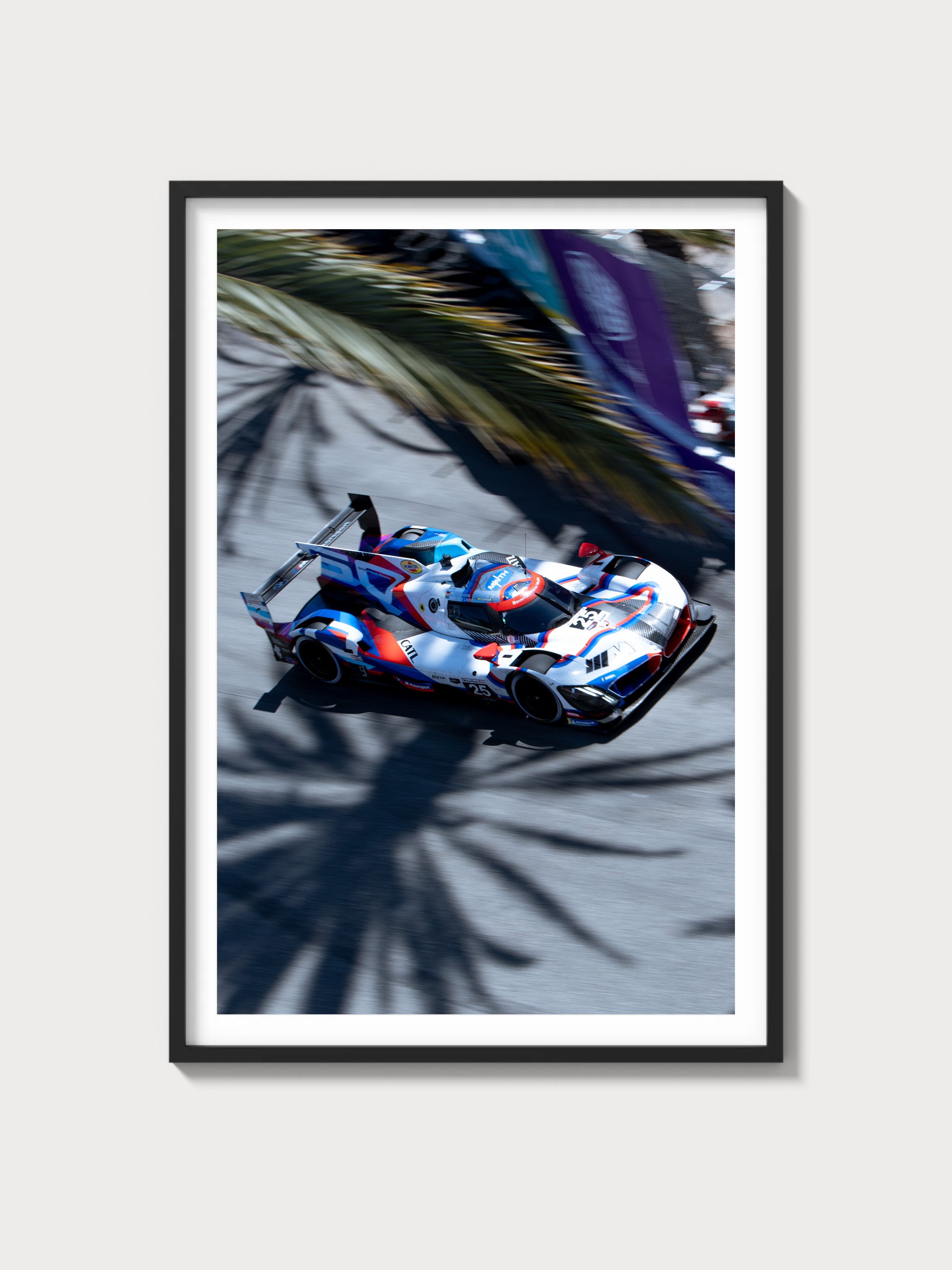Ferrari 400 Superamerica: The Definitive History, Specs, and Legacy
Introduction: Ferrari’s Luxury Apex
In the illustrious evolution of Ferrari’s grand tourers, the 400 Superamerica, introduced in 1960, reigns as the pinnacle of luxury—a bespoke masterpiece that fused a potent 4.0-liter Colombo V12 with unparalleled opulence. With just 51 units crafted, primarily by Pininfarina, this model succeeded the 410 Superamerica, elevating Ferrari’s prestige among the world’s elite. Offered in coupe, cabriolet, and aerodynamic “Superfast” variants, it was a car of superlatives, blending raw power with exquisite craftsmanship.
The year 1960 marked Ferrari’s stride into a new decade, its racing triumphs—250 GT California SWB, 250 TR—bolstering road car allure. Unveiled at the 1960 Brussels Motor Show, the 400 Superamerica redefined grand touring luxury. This exhaustive history, written with a Ferrari historian’s precision, explores its technical brilliance, its bespoke design, its subtle racing ties, and its enduring legacy.
Historical Context: Ferrari’s Luxury Lineage Peaks
The Ferrari 400 Superamerica emerged during a golden era for Maranello. By 1960, Ferrari’s racing pedigree—250 GT TdF’s victories, 250 GT 2+2’s practicality—had solidified its global stature, yet the Superamerica series catered to an exclusive clientele. The 410 Superamerica’s 47-unit run (1955-1959) set the stage, but its aging chassis demanded renewal. The 400, with a larger 4.0L V12 and modernized platform, answered, targeting American tycoons and European aristocracy.
Fifty-one units were built (1960-1964)—32 coupes, 17 cabriolets, and 2 Superfast prototypes—all bespoke creations. Chassis 2207SA, a Series I coupe, debuted at Brussels in January 1960, its sleek form a testament to Pininfarina’s artistry. This was a car for the jet set—John F. Kennedy reportedly admired one—its scarcity reflecting Ferrari’s artisan ethos amid Italy’s early-1960s boom.
The broader context of 1960 shaped its purpose. America’s luxury market flourished—Cadillac Eldorado, Lincoln Continental—while Europe’s grand tourers evolved. The 400 Superamerica bridged Ferrari’s racing DNA with unmatched refinement, its V12 echoing the 375 America.
Technical Specifications: The Colombo V12’s Grand Finale
The Ferrari 400 Superamerica’s soul was its 4.0-liter Colombo V12—a majestic engine tailored for luxury and power. Below, we dissect its engineering with historian’s detail.
Engine: Colombo’s 4.0-Liter Majesty
Displacing 3,967 cc (bore 77 mm, stroke 71 mm), the 400’s V12 was an enlarged evolution of the 410’s unit. With a single overhead camshaft per bank, a 9.0:1 compression ratio, and triple Weber 42 DCZ/6 carburetors (some 46 DCFs), it produced 340 horsepower at 7,000 rpm—40 hp more than the 410. The aluminum block and heads, wet-sump lubrication, and 60-degree V-angle weighed 300 lbs, delivering 260 lb-ft of torque at 5,000 rpm.
This engine was a luxury titan. Chassis 2807SA, a Series II cabriolet, hit 360 hp with tuned carbs, hinting at racing potential, yet its standard tune prioritized effortless cruising.
Performance: Regal Speed
The 400 reached 165 mph (265 km/h)—verified by Autocar’s 1961 test—surpassing the 410’s 160 mph, with a 0-60 mph time of ~6.8 seconds. Its power-to-weight ratio (252 hp/ton) outpaced the 410 (200 hp/ton), balancing heft with vigor.
Chassis and Suspension: Plush Precision
The chassis was a tubular steel ladder frame, weighing 1,350 kg (2,976 lbs)—matching the 250 GT 2+2 but lighter than the 410’s 1,500 kg due to refined construction. Its 2,420 mm wheelbase (Series I) or 2,550 mm (Series II) offered stability. Front suspension used double wishbones with coil springs, while the rear featured a live axle with semi-elliptic leaf springs (later coils), tuned for a cosseting ride.
Transmission and Brakes: Smooth Power
A 4-speed manual gearbox with overdrive—synchronized—drove the rear wheels, its ratios (1st: 2.53, 4th: 0.73 OD) favoring high-speed touring. Braking relied on 14-inch Dunlop disc brakes, delivering 0.9g deceleration—a modern leap over the 410’s drums.
| Specification | Details |
|---|---|
| Engine | 4.0L V12, 340-360 hp @ 7,000 rpm |
| Displacement | 3,967 cc (77 mm x 71 mm) |
| Top Speed | ~165 mph (265 km/h) |
| 0-60 mph | ~6.8 seconds |
| Weight | 1,350 kg (2,976 lbs) |
| Transmission | 4-speed manual with overdrive |
| Suspension (Front) | Double wishbone, coil springs |
| Suspension (Rear) | Live axle, semi-elliptic leaf springs (coils Series II) |
| Brakes | Hydraulic discs, 14-inch |
Design and Styling: Pininfarina’s Bespoke Brilliance
The Ferrari 400 Superamerica’s aesthetic was a pinnacle of bespoke luxury, crafted by Pininfarina with Scaglietti contributions.
Exterior: Tailored Elegance
Pininfarina built most of the 51 units—chassis 2207SA featured a wide grille, flowing fenders, and a panoramic rear window, finished in Blu Sera. Cabriolets (e.g., 2807SA) offered folding tops, while Superfast prototypes (2631SA) boasted aerodynamic curves. Wheelbases varied—2,420 mm (Series I) to 2,550 mm (Series II)—with steel bodies and aluminum accents.
Interior: Opulent Retreat
The cabin was a plush haven: Connolly leather seats (tan or black), a wood-rimmed steering wheel, and Veglia gauges—tachometer (7,500 rpm redline), speedometer, oil pressure. Bespoke touches—2631SA’s chrome trim—elevated it beyond the 410, offering unmatched refinement.
Production and Variants: A Bespoke Dynasty
The Ferrari 400 Superamerica’s 51-unit run (1960-1964) spanned two series: Series I (25 units, 2,420 mm wheelbase) and Series II (26 units, 2,550 mm wheelbase). Chassis 2207SA launched the line, while 5131SA closed it, transitioning to the 500 Superfast. Variants included coupes (32), cabriolets (17), and Superfast prototypes (2).
Performance and Racing Legacy: A Tourer’s Might
The Ferrari 400 Superamerica racing history is subtle, its luxury focus paramount. Chassis 2631SA, a Superfast prototype, hit 174 mph in testing, hinting at potential, but no competitive outings ensued. Its realm was the grand tour—Riviera, Route 66—where its 165 mph top speed and serene handling excelled.
Ownership and Market Value: A Regal Relic
The Ferrari 400 Superamerica value reflects its exclusivity and grandeur. Early owners included Nelson Rockefeller (2807SA) and Prince Bernhard of the Netherlands. Today, prices range $2.5-4 million—chassis 2207SA sold for $3.6 million at RM Sotheby’s 2022. Restoration costs—V12 rebuilds at $120,000—underscore its prestige.
Cultural Impact: Ferrari’s Luxury Crown
The 400 Superamerica capped Ferrari’s Superamerica lineage, its 4.0L V12 and bespoke design influencing the 500 Superfast. In 1960s lore, it’s the car of tycoons and dignitaries, a testament to Maranello’s golden age luxury.
Comparisons: Ferrari 400 Superamerica vs Rivals
The Ferrari 400 Superamerica vs Rolls-Royce Silver Cloud II pits 340 hp V12 against 200 hp V8—Ferrari led in power, Rolls in polish. The Maserati 5000 GT (325 hp) matched in exclusivity but not refinement.
| Model | Engine | Power | Weight | Top Speed |
|---|---|---|---|---|
| Ferrari 400 Superamerica | 4.0L V12 | 340-360 hp | 1,350 kg | ~165 mph |
| Rolls-Royce Silver Cloud II | 6.2L V8 | 200 hp | 2,110 kg | ~114 mph |
| Maserati 5000 GT | 5.0L V8 | 325 hp | 1,650 kg | ~161 mph |
Frequently Asked Questions
What was the Ferrari 400 Superamerica?
A 1960 4.0L V12 grand tourer.
How many were made?
51 units.
What engine powered it?
3,967 cc Colombo V12, 340-360 hp.
Did it race?
No—built for luxury touring.
What’s its value?
$2.5-4 million.

